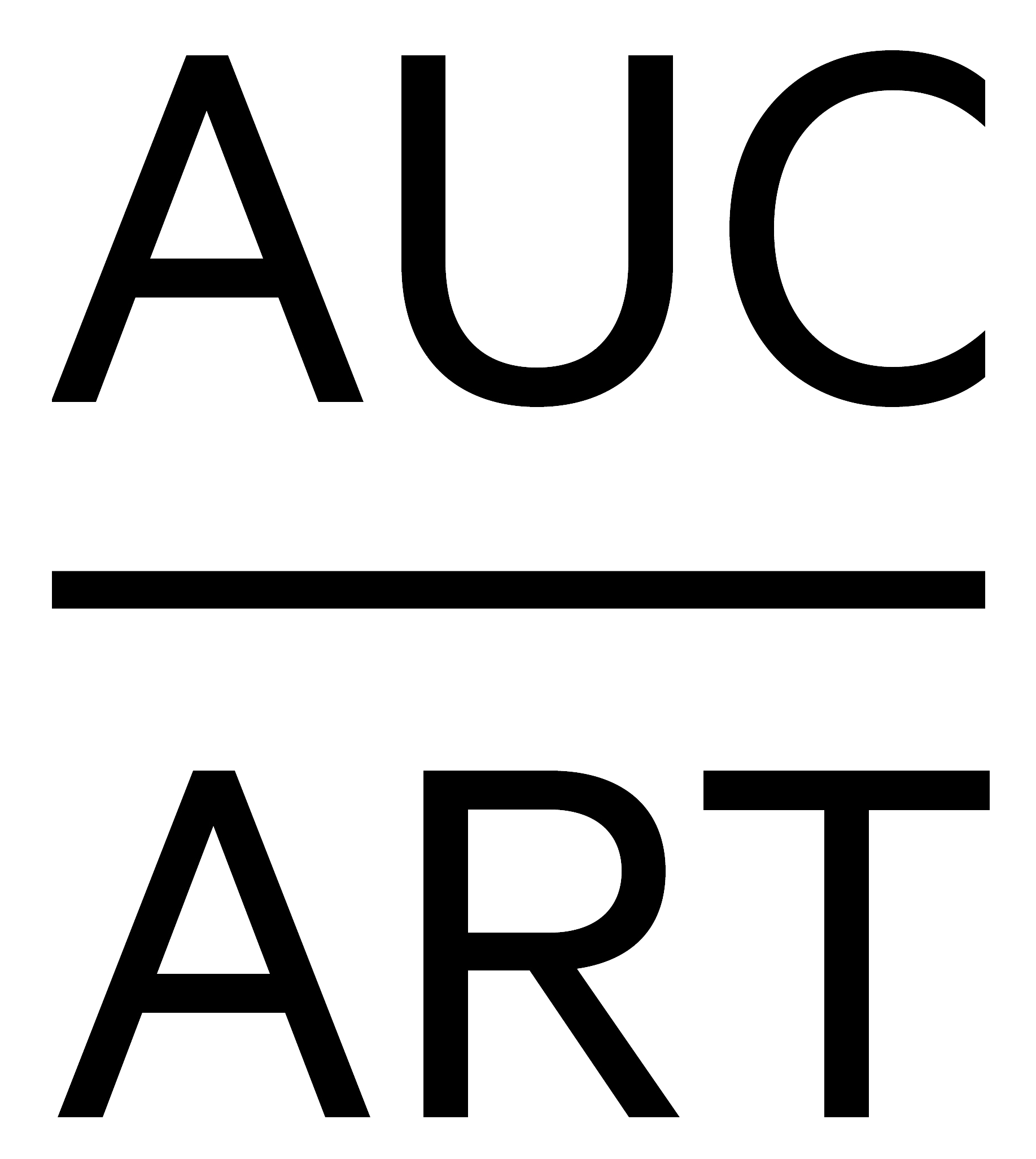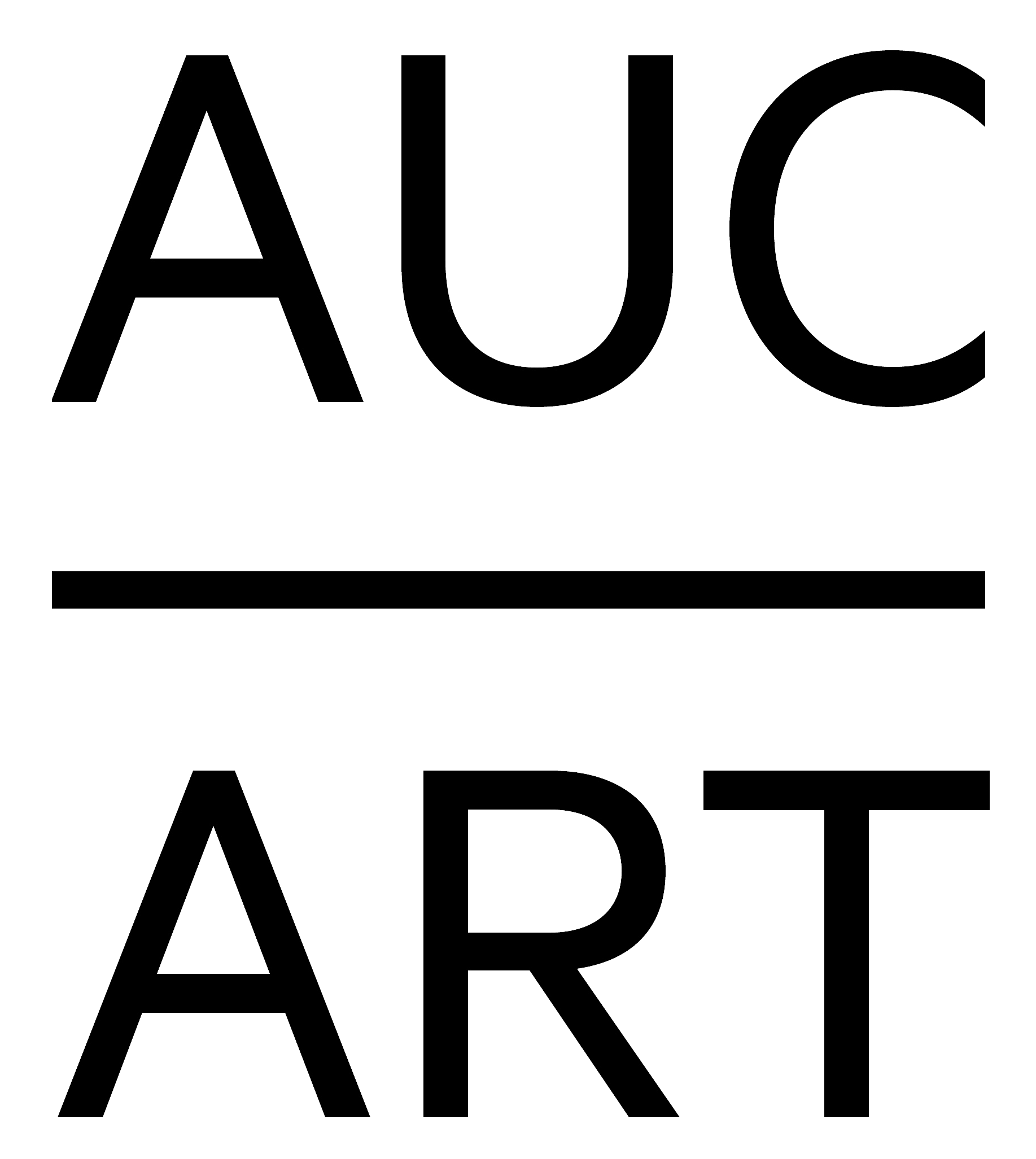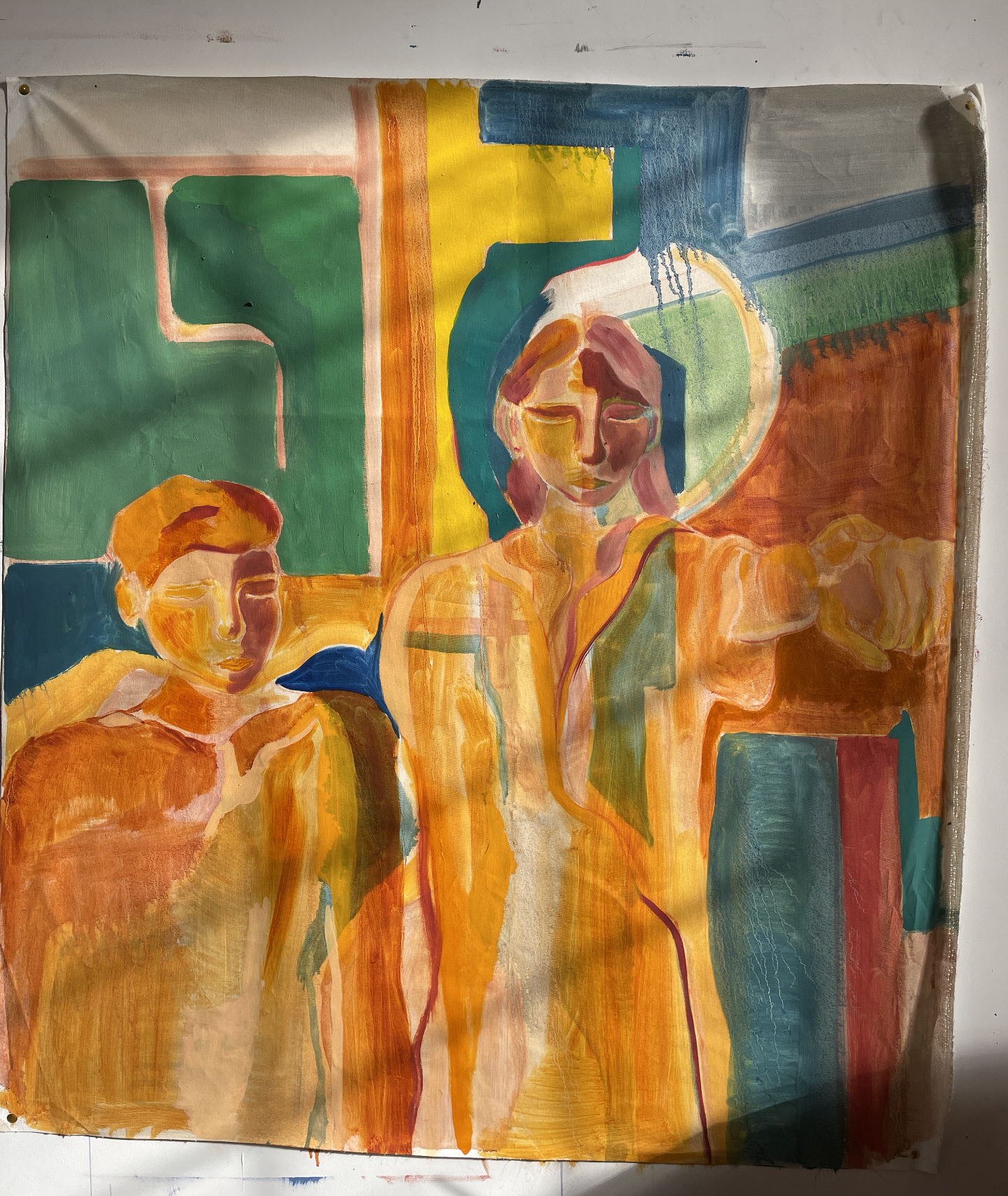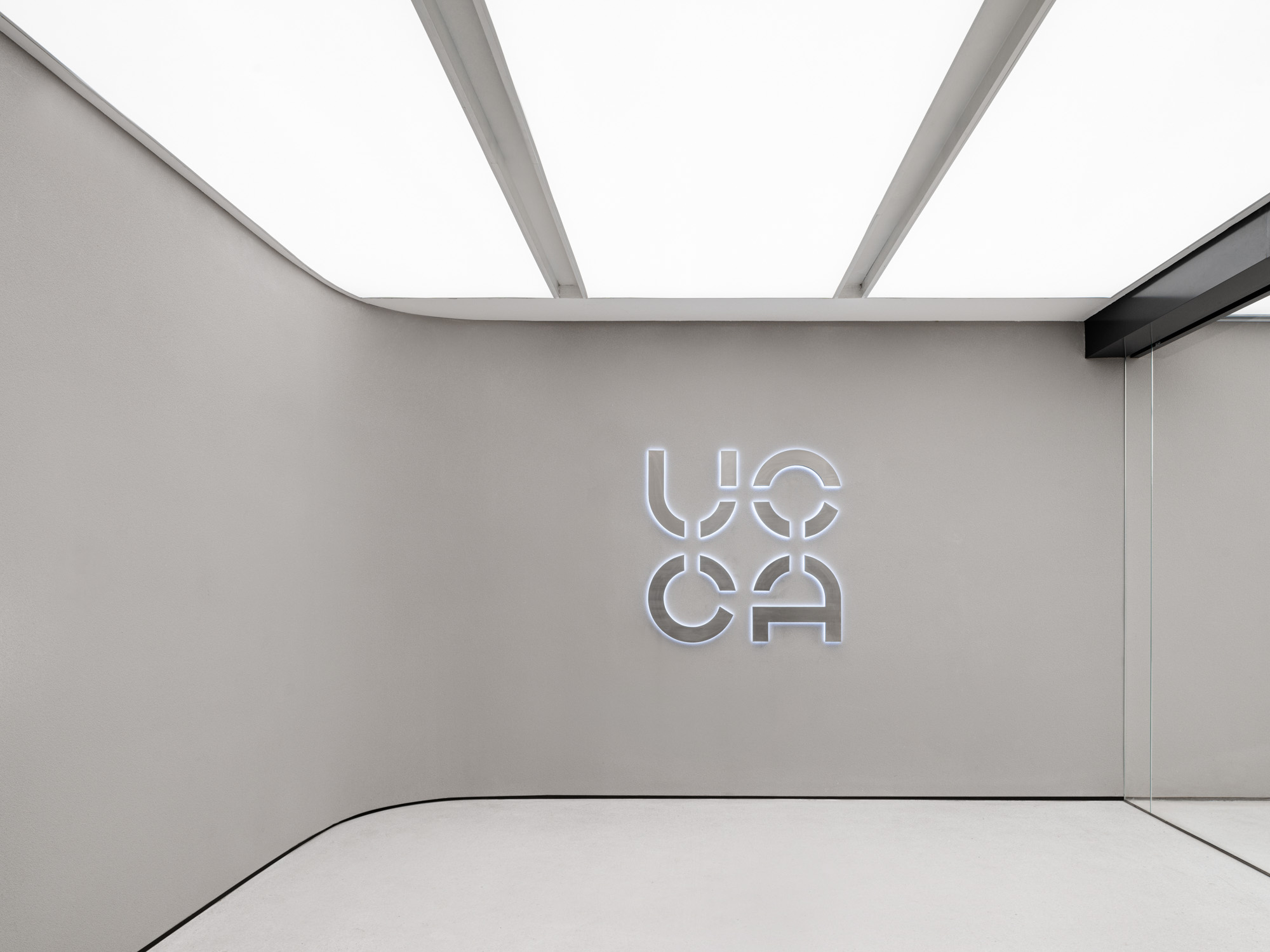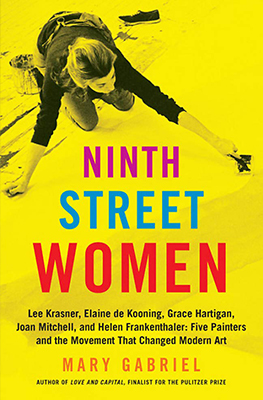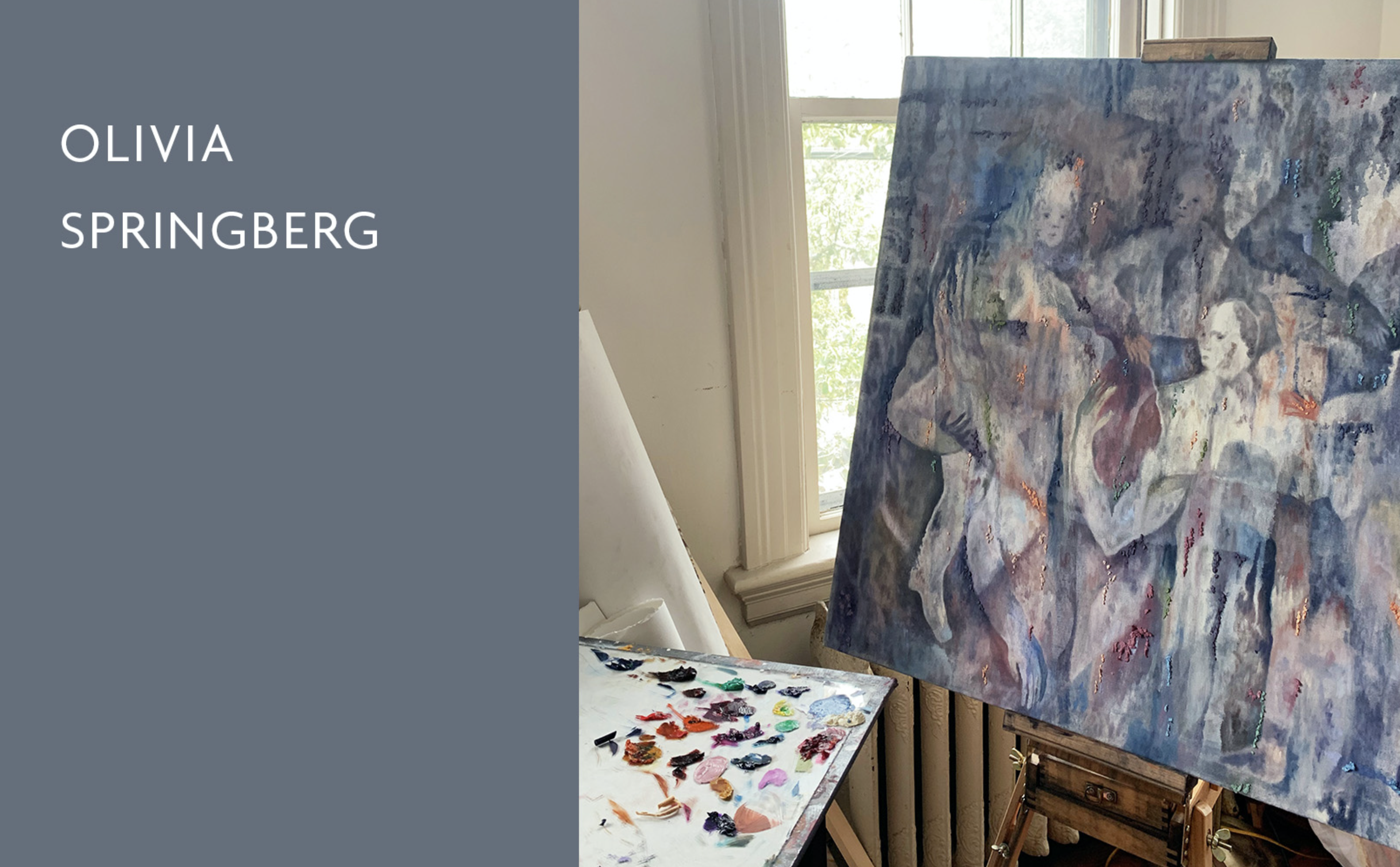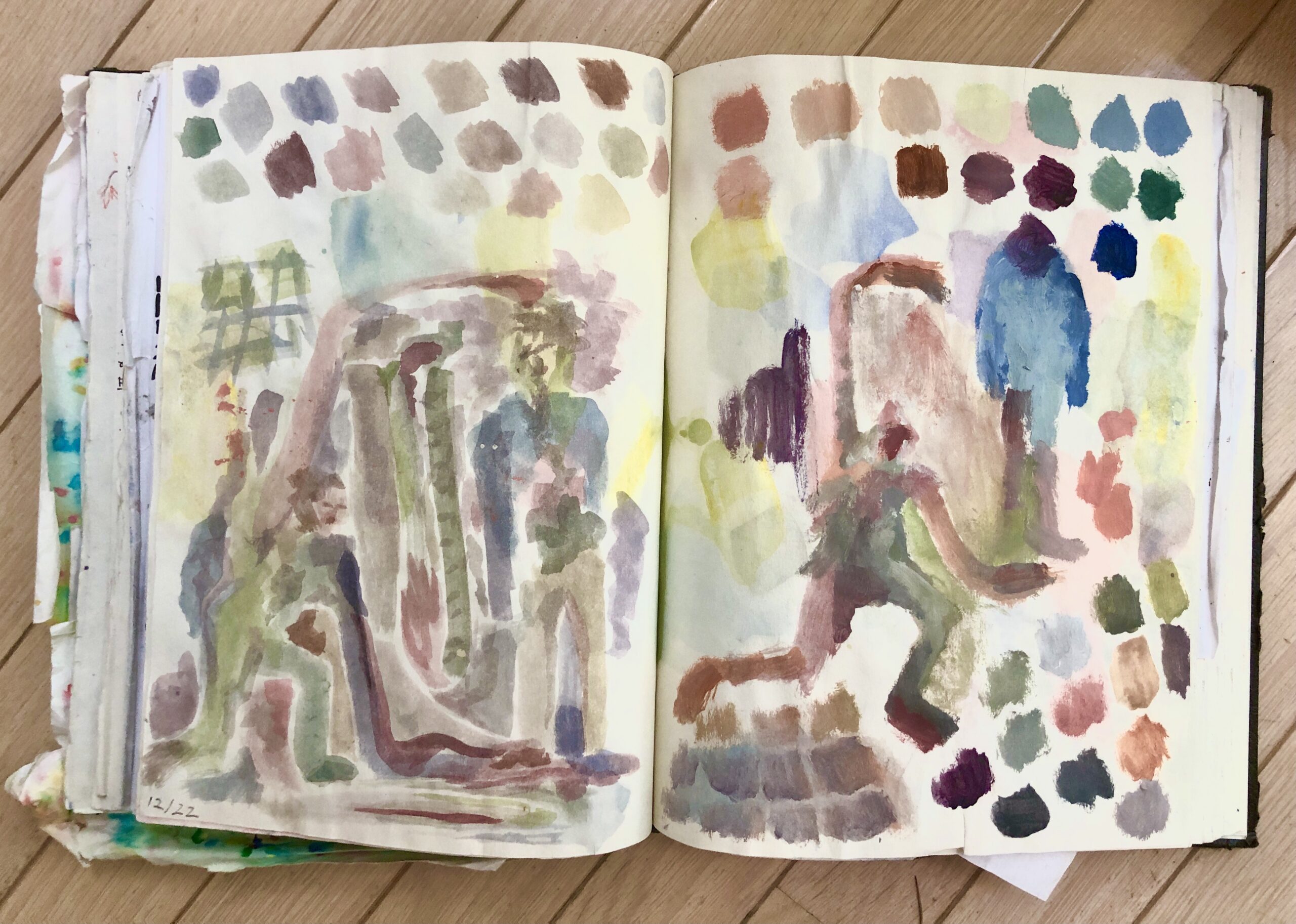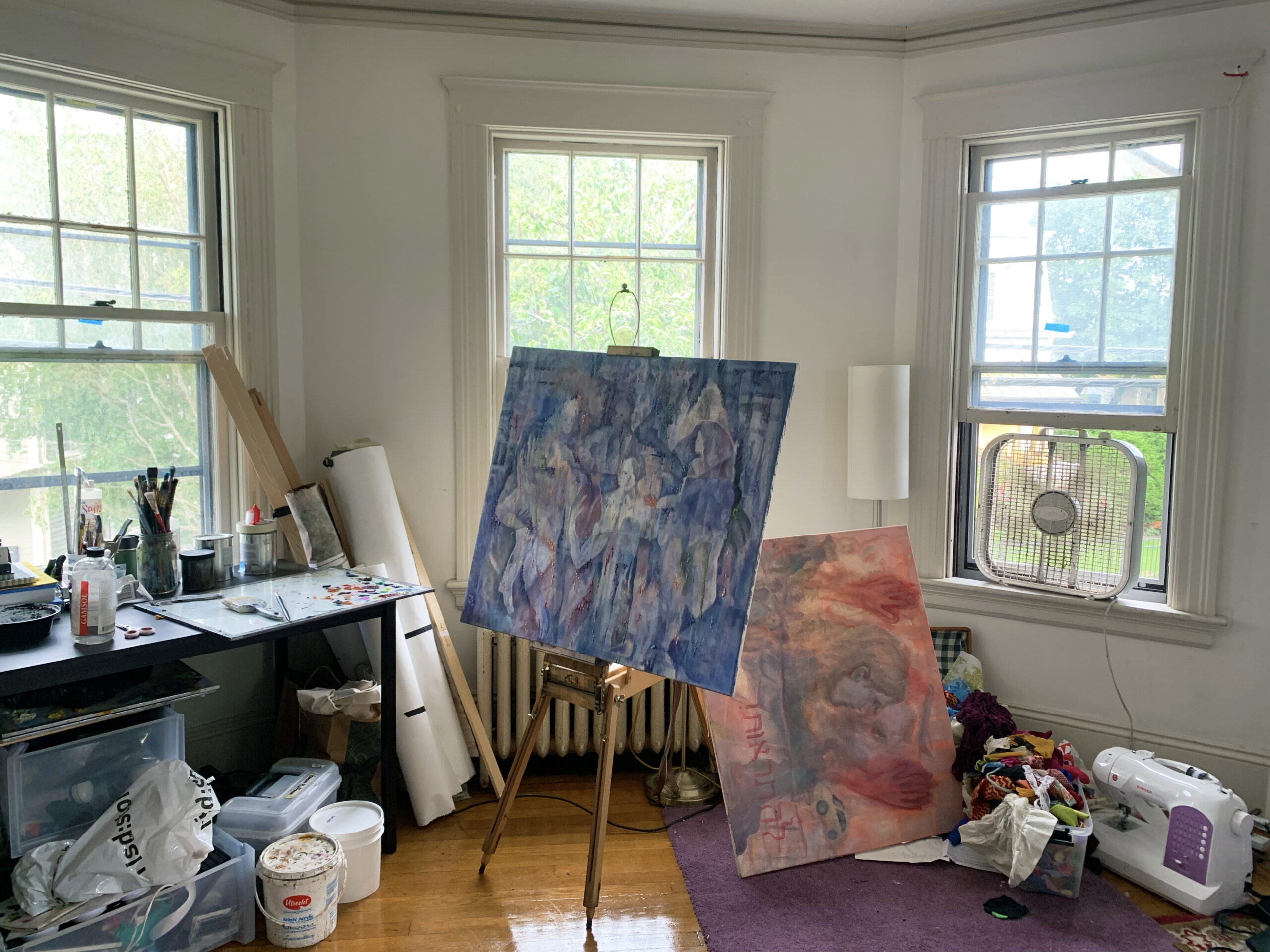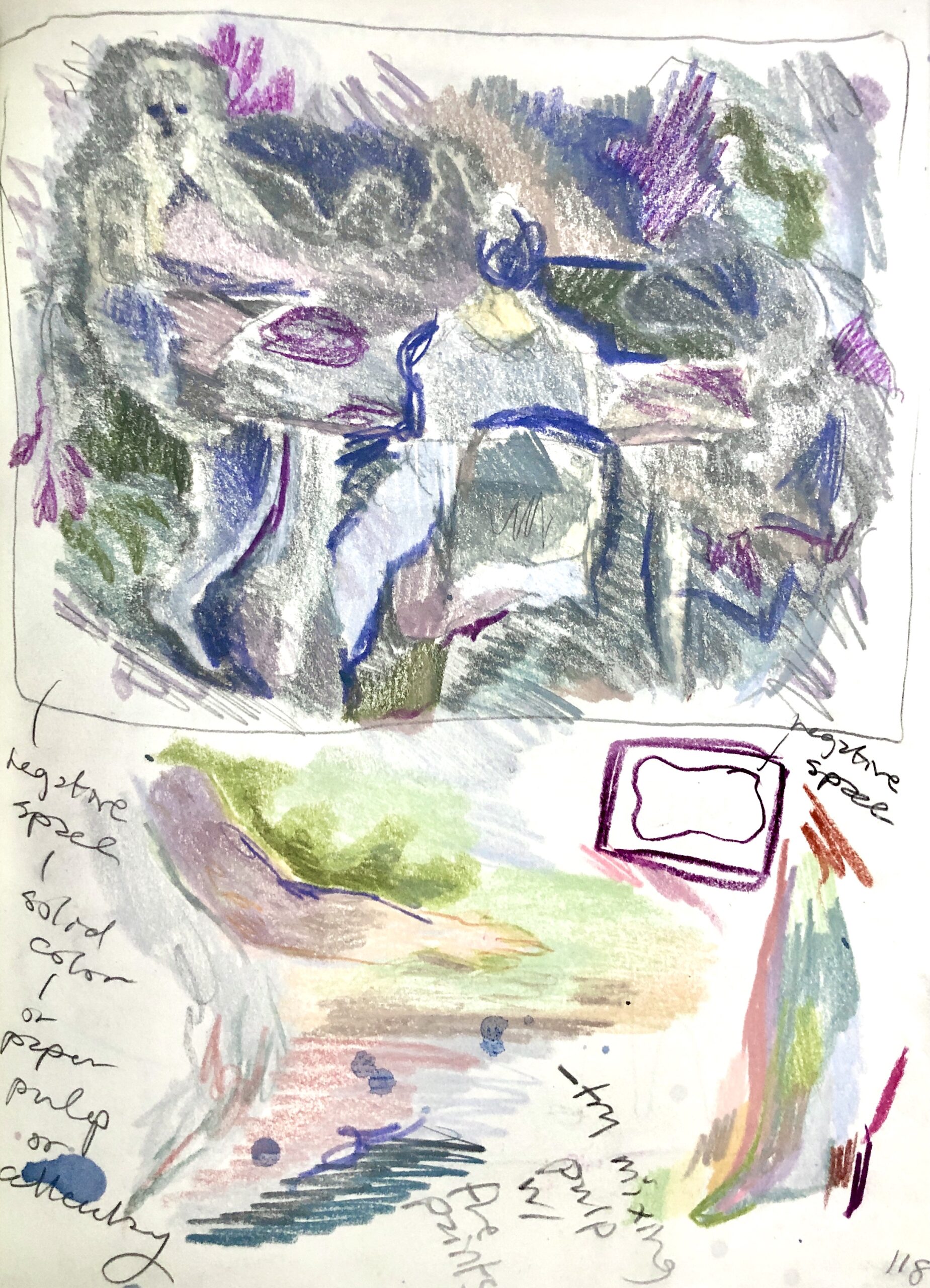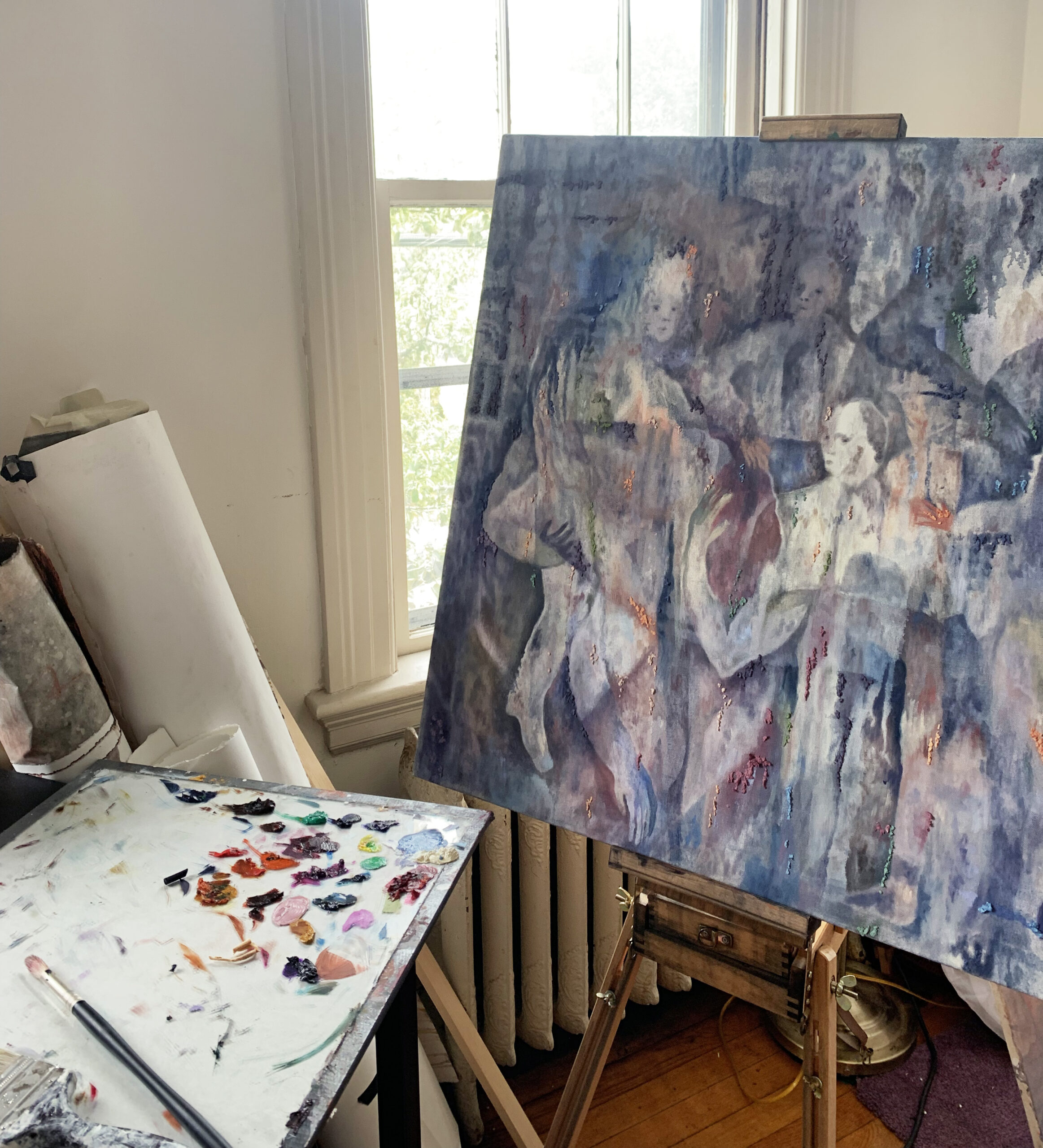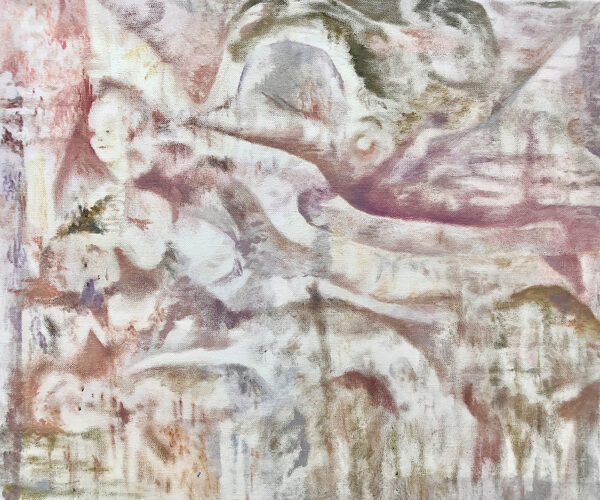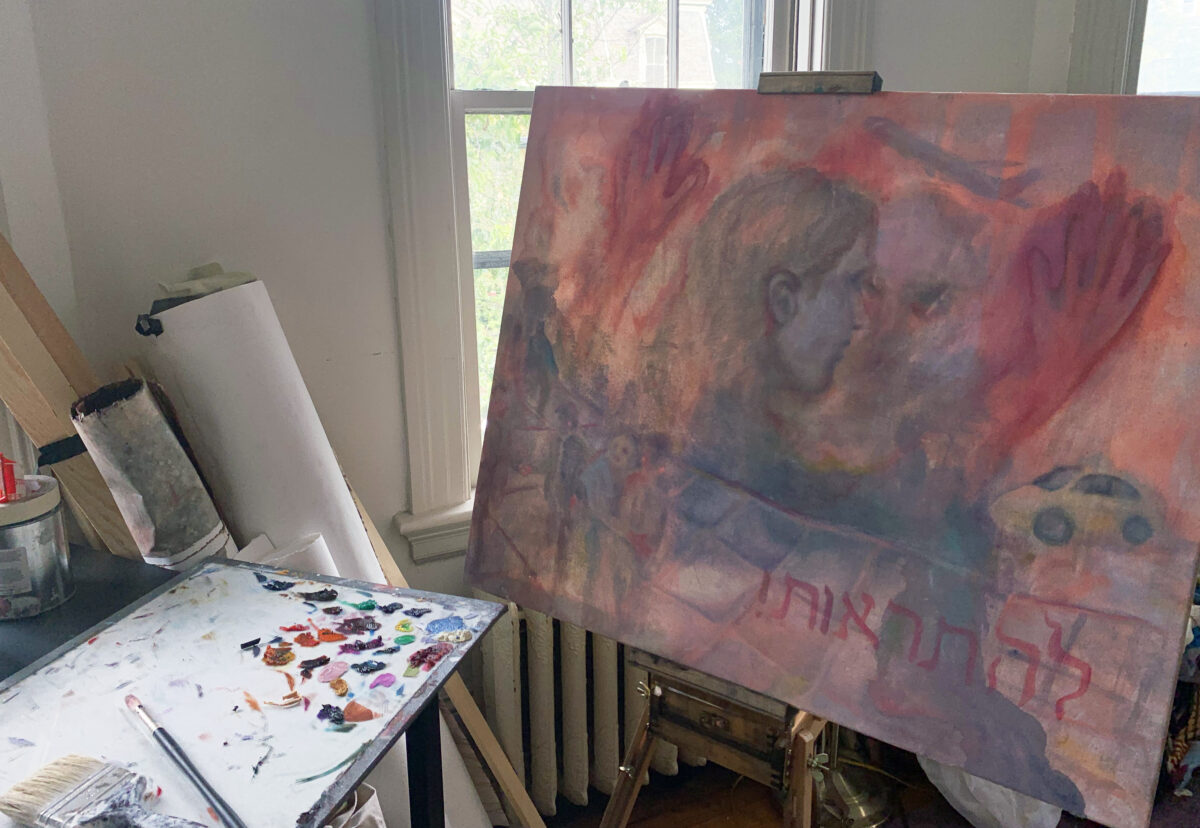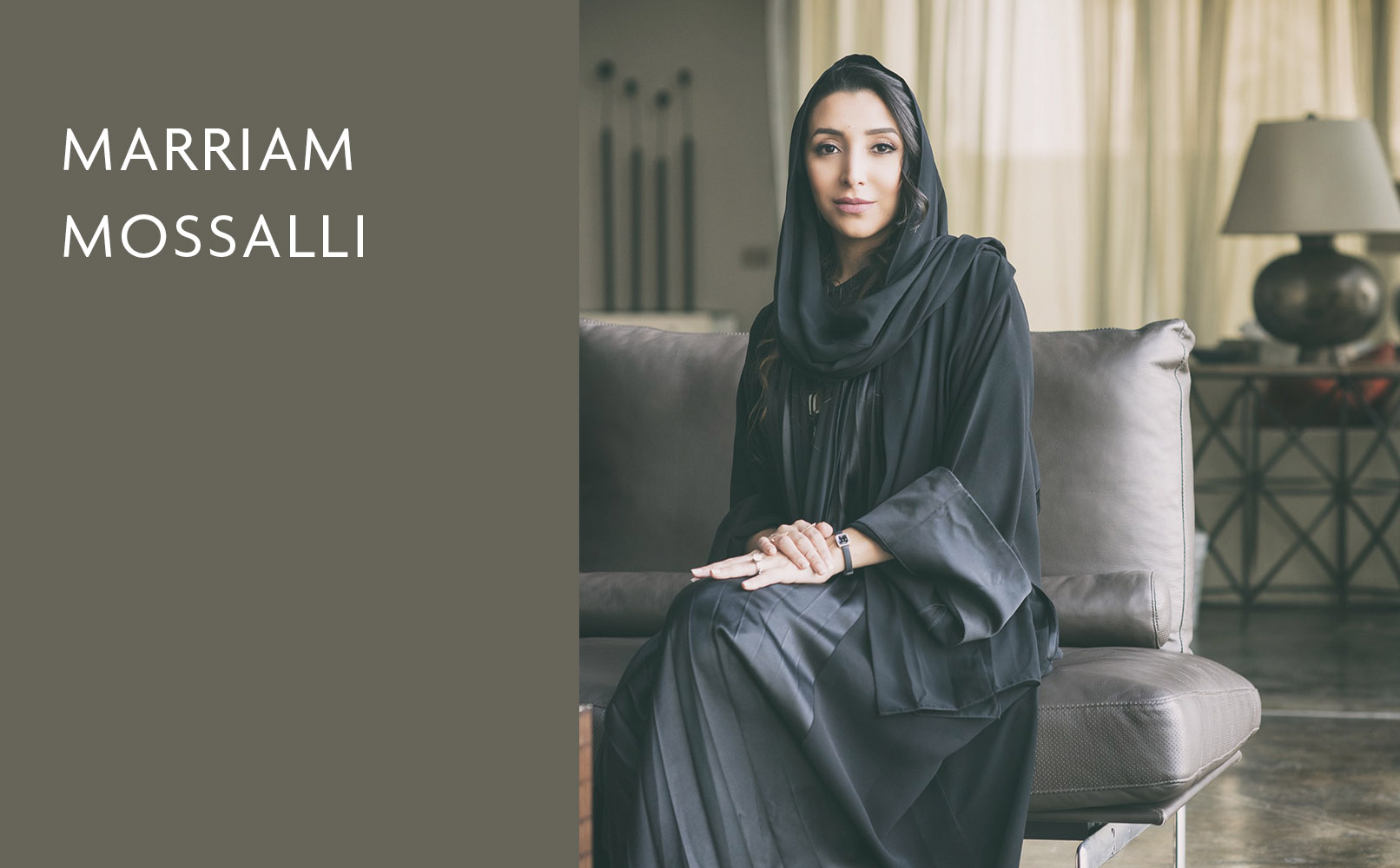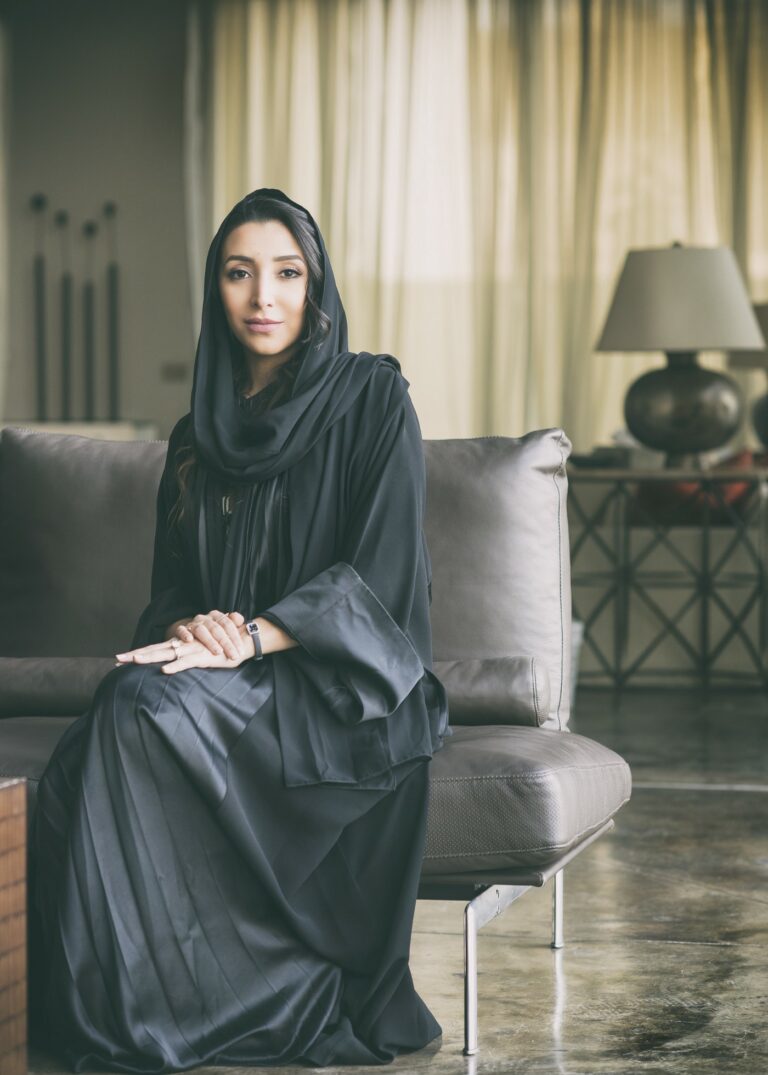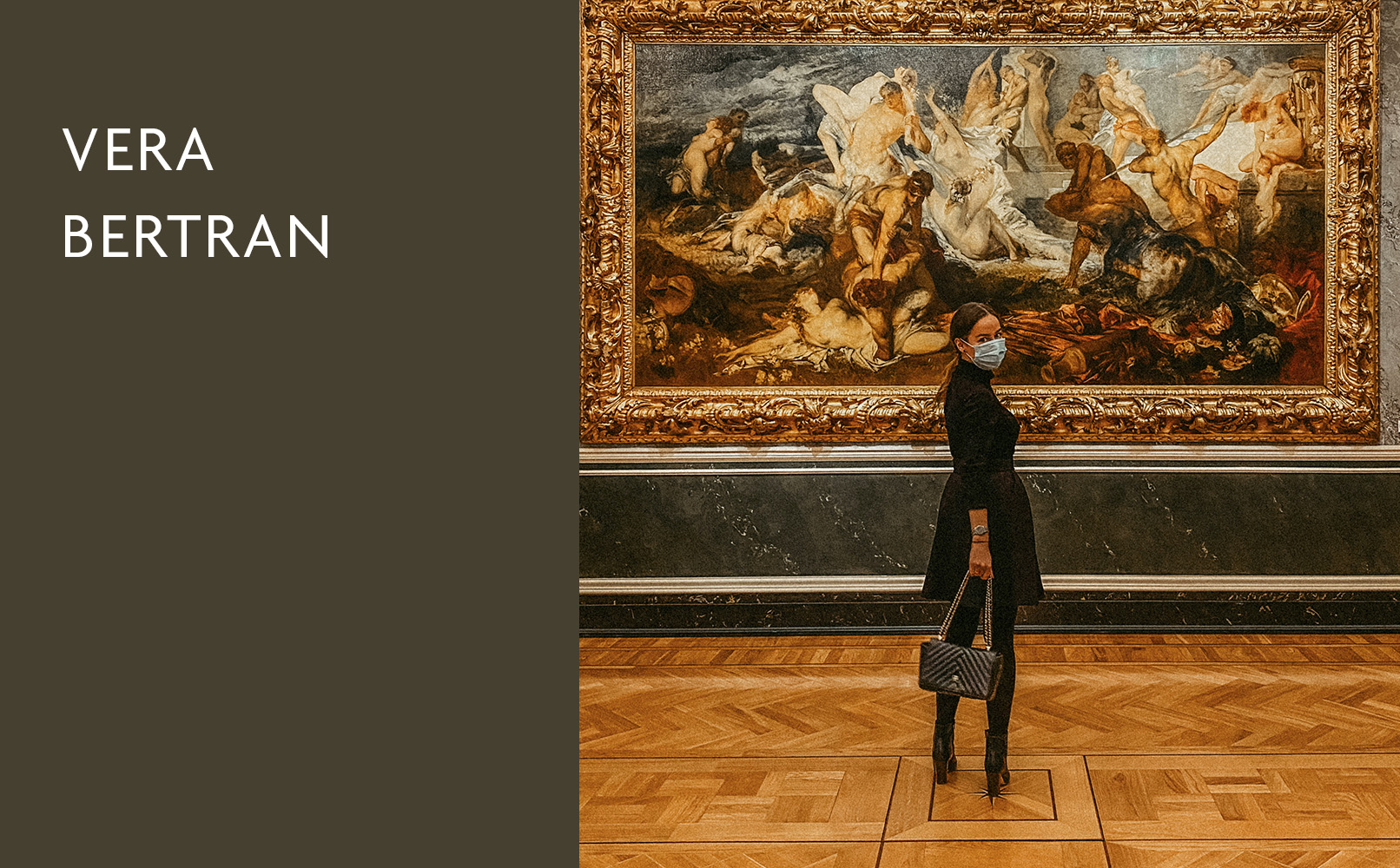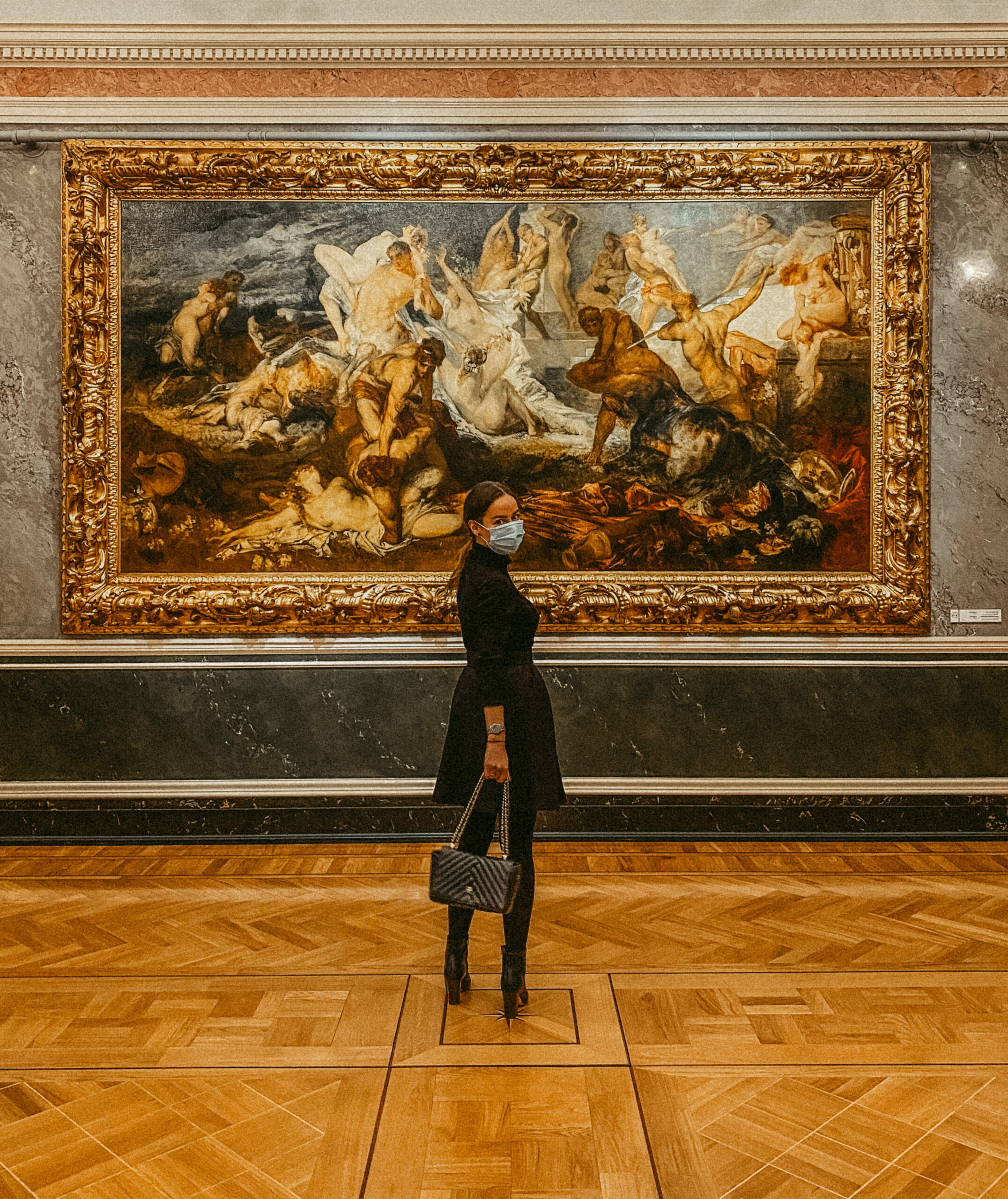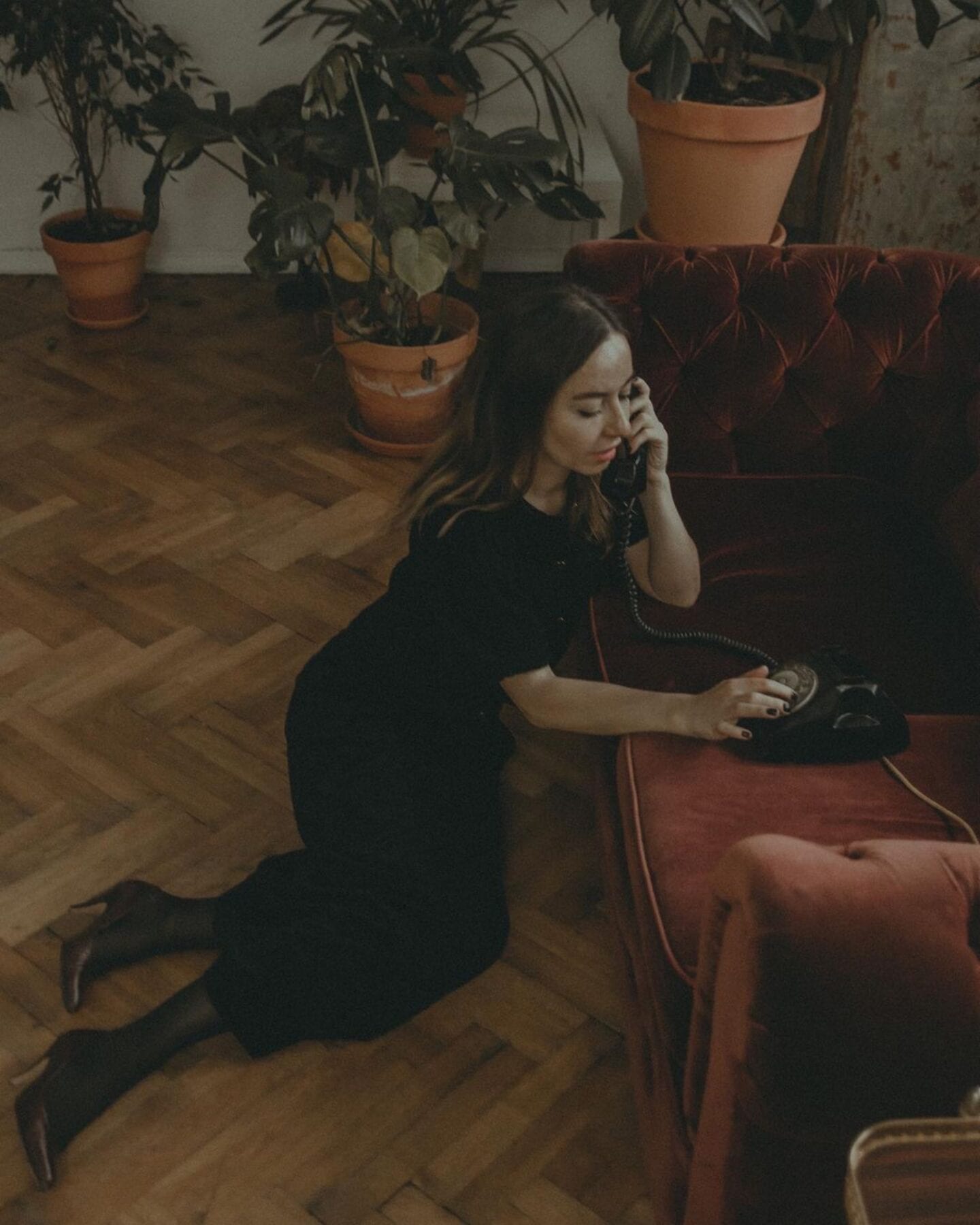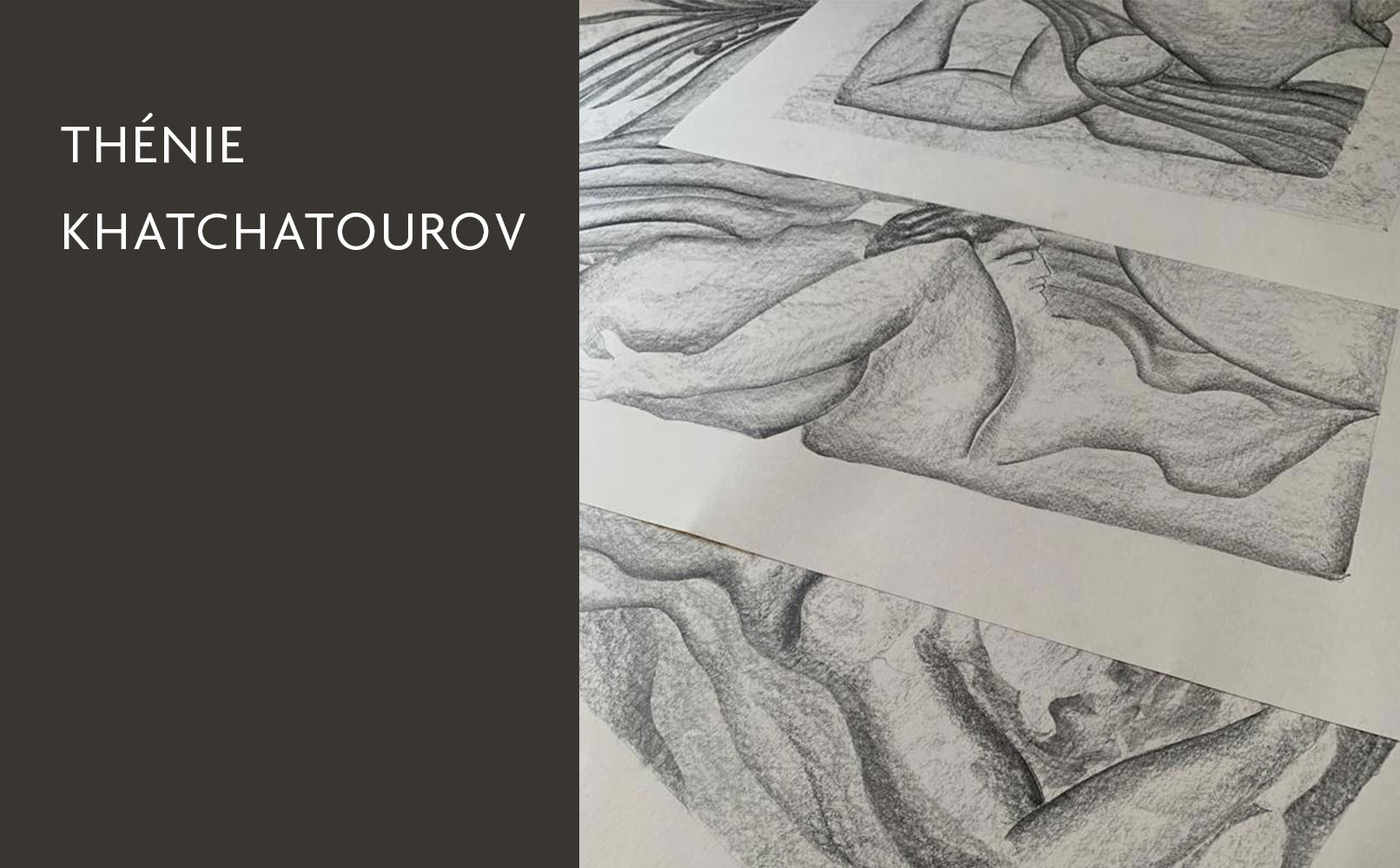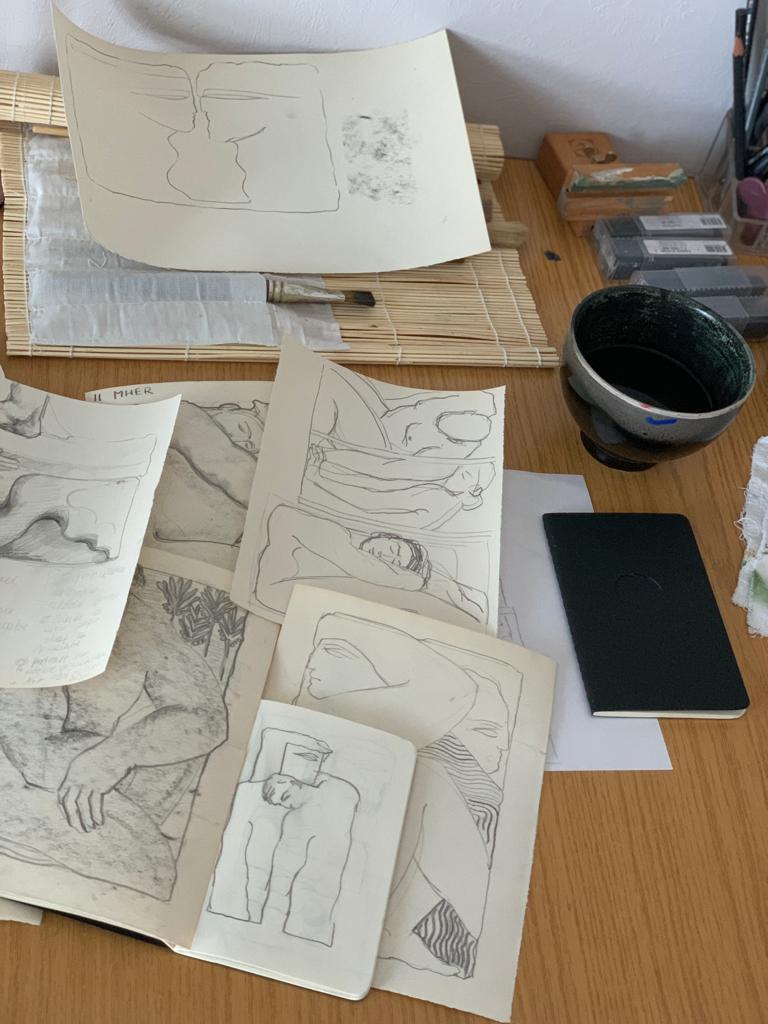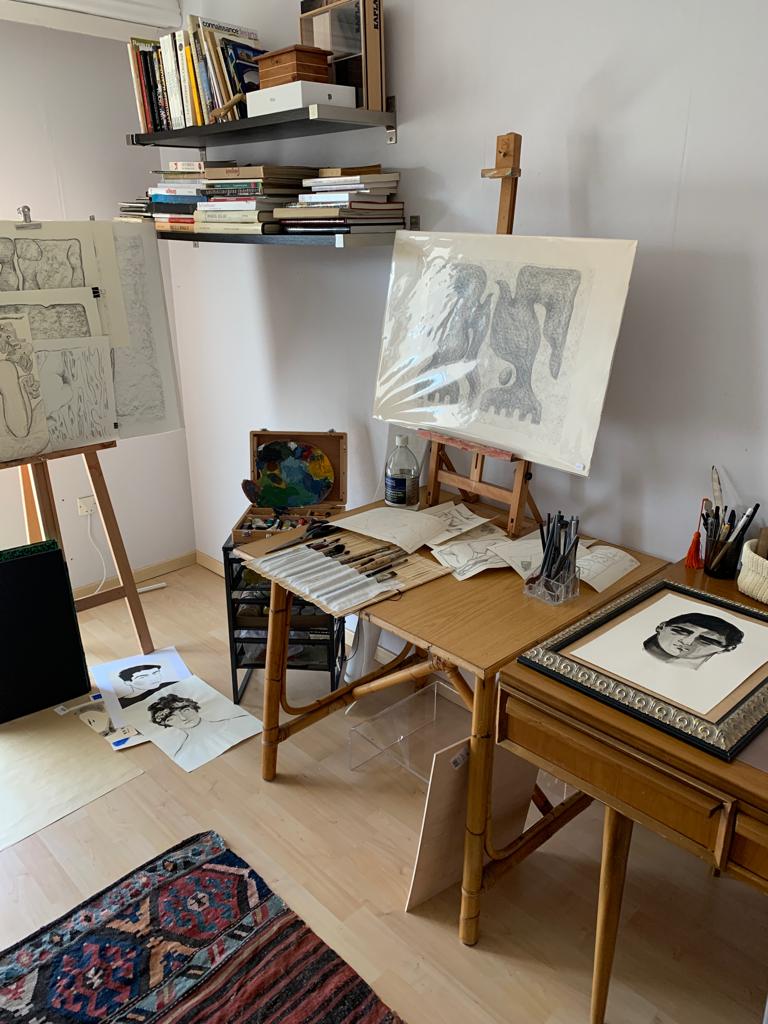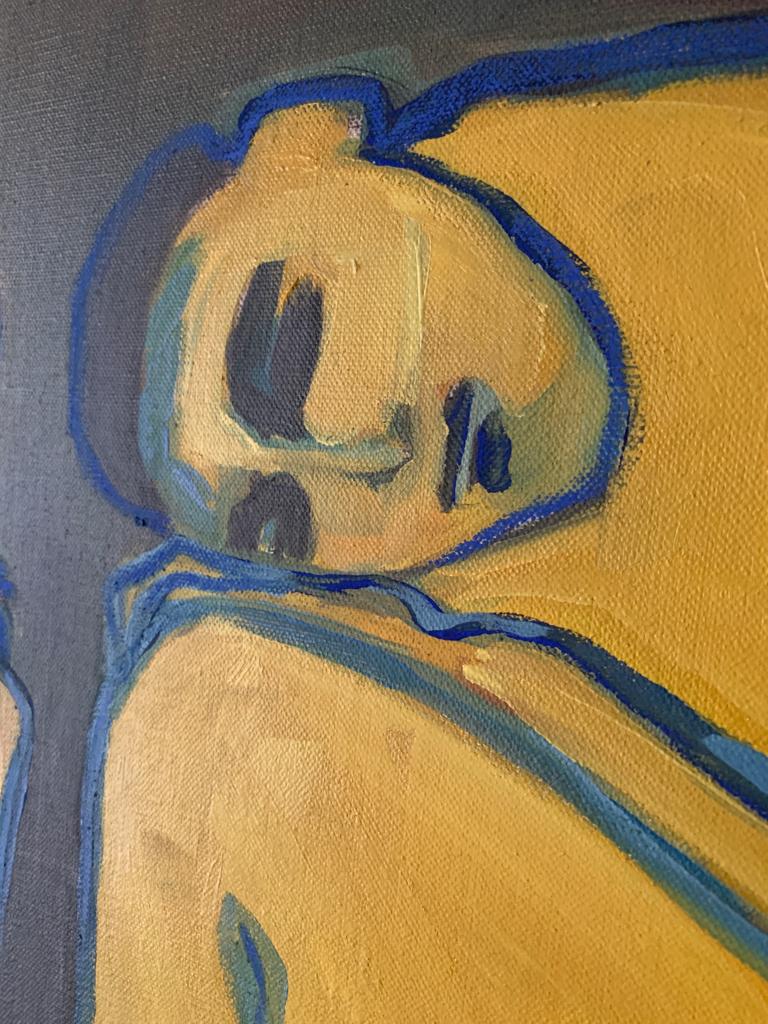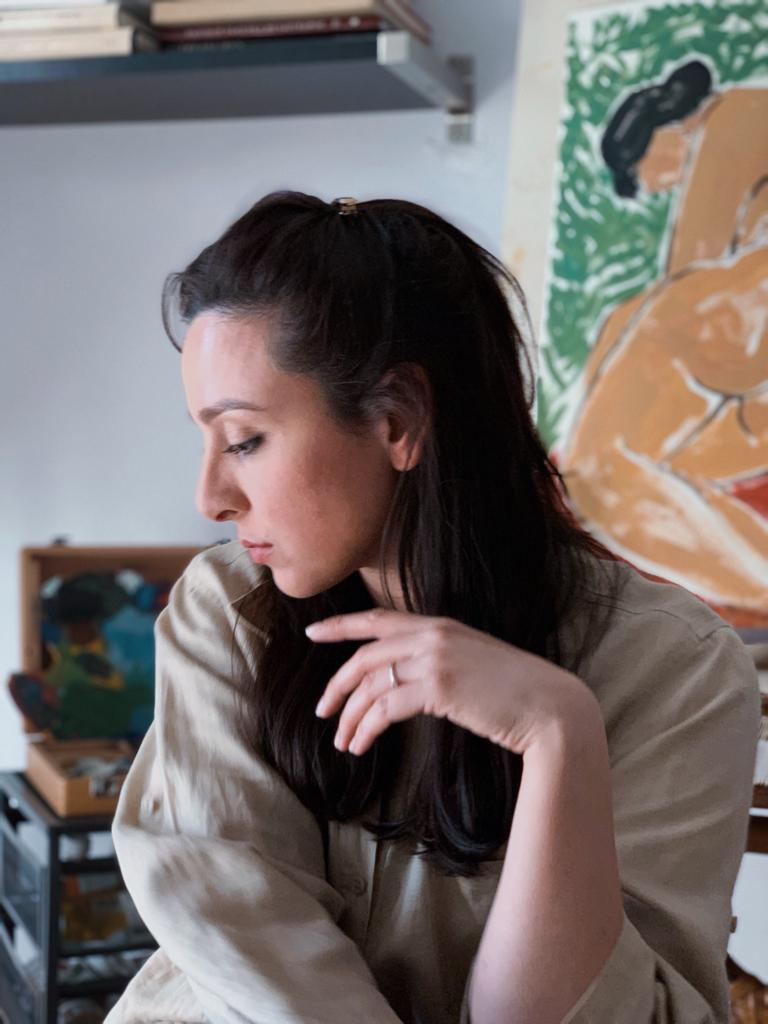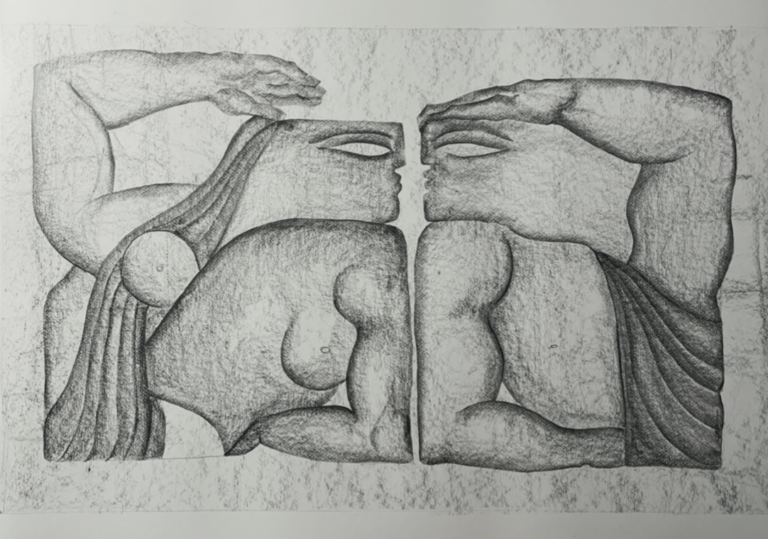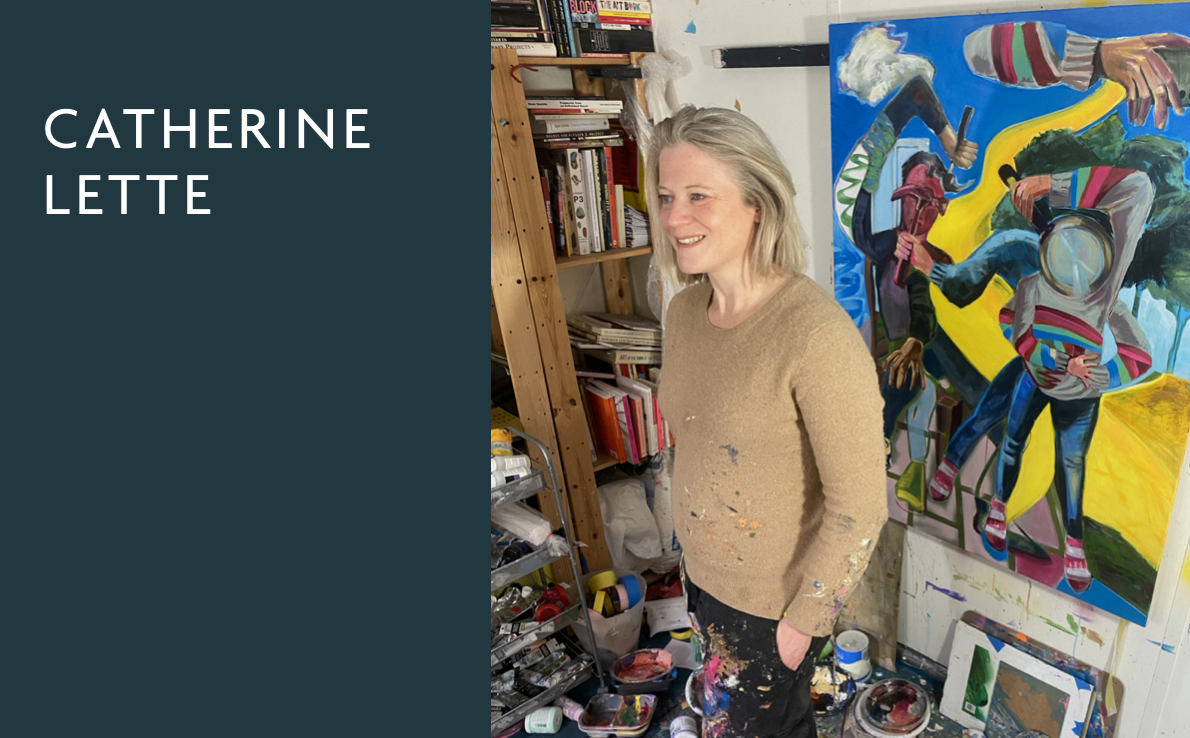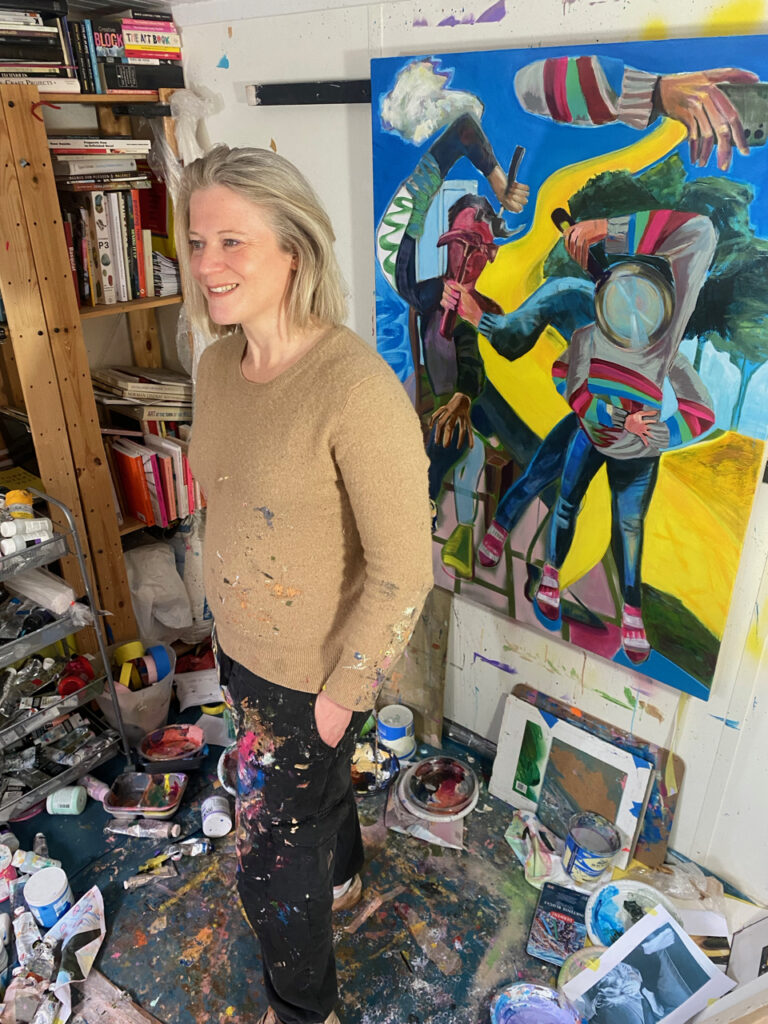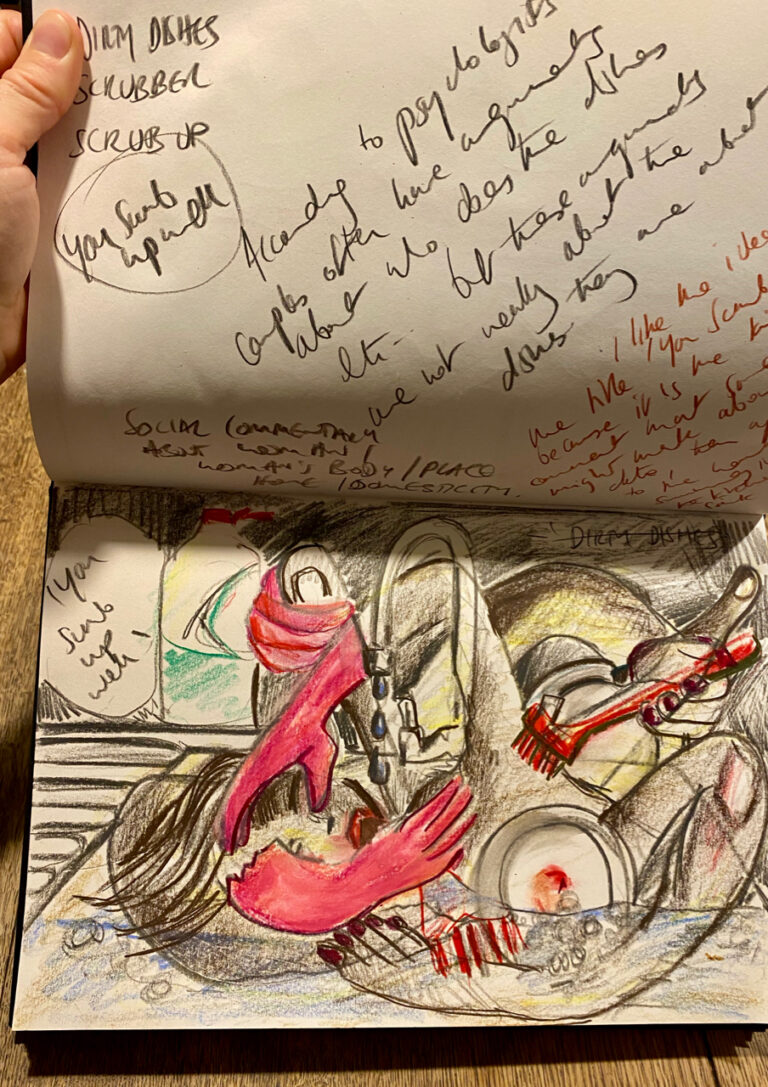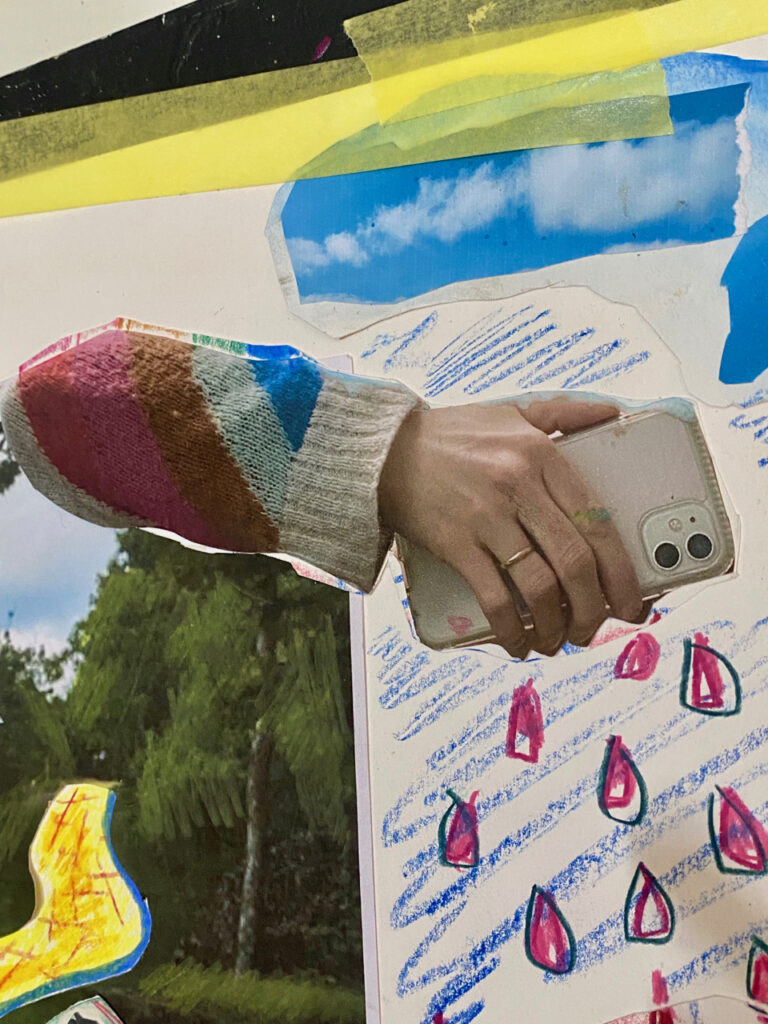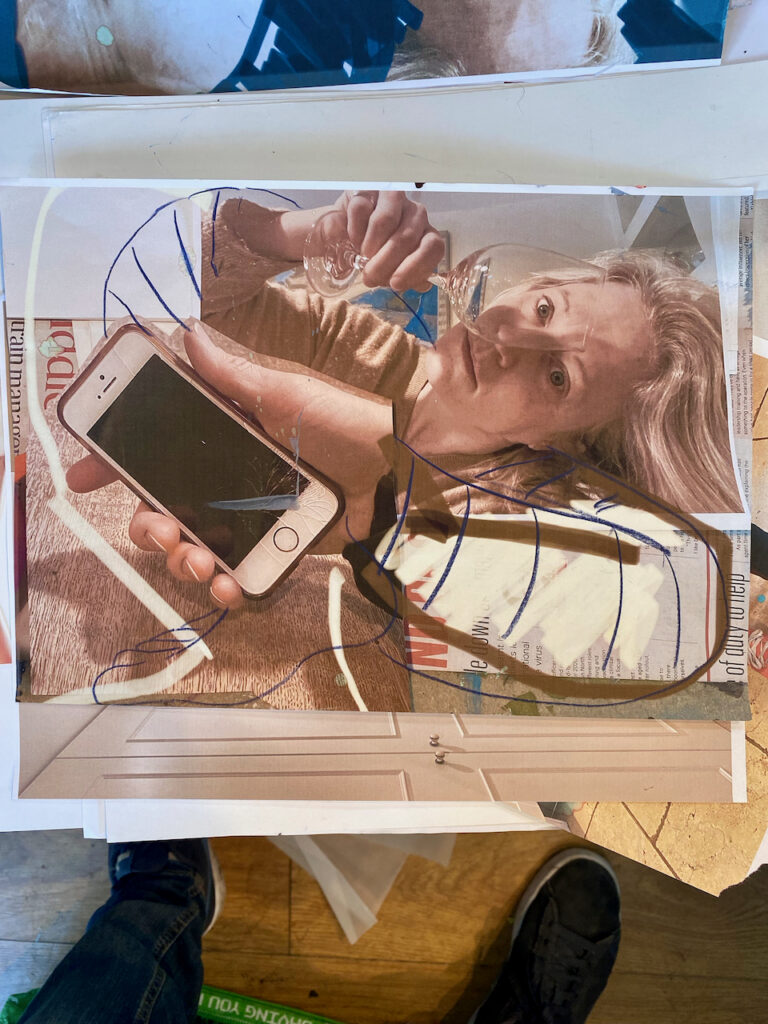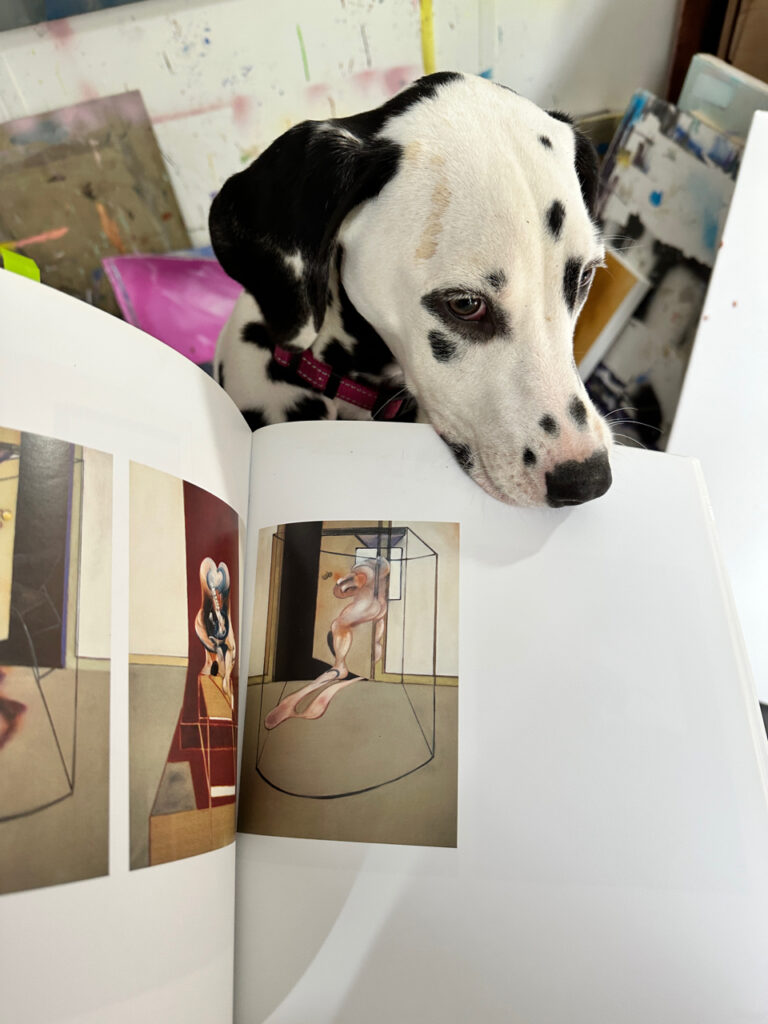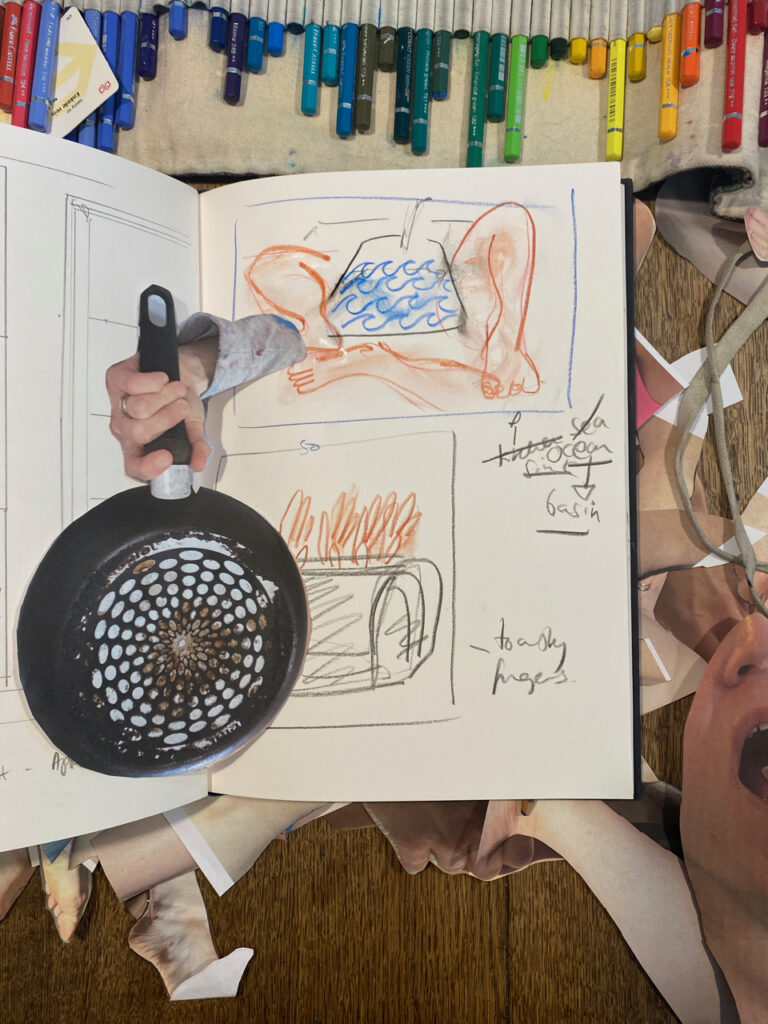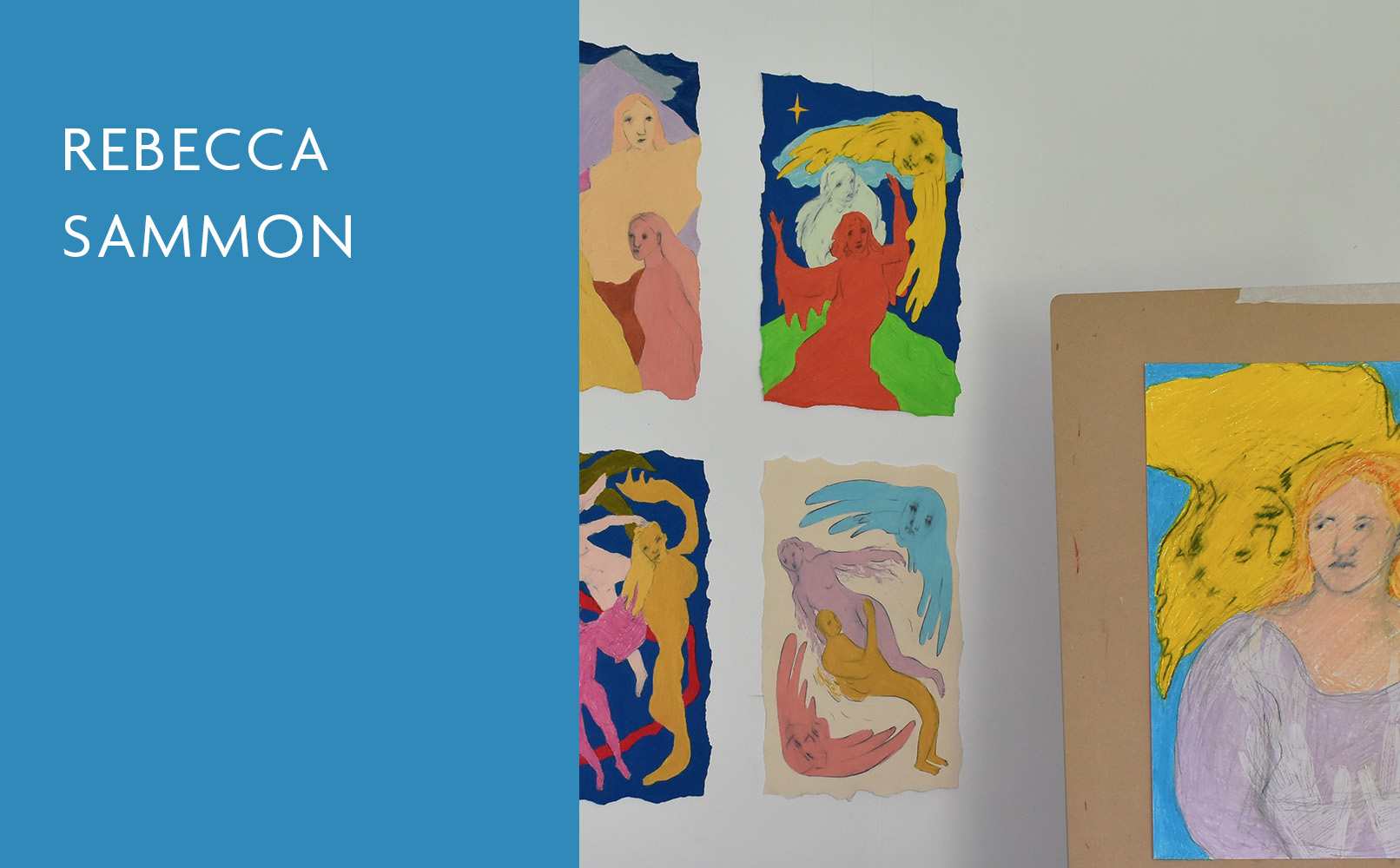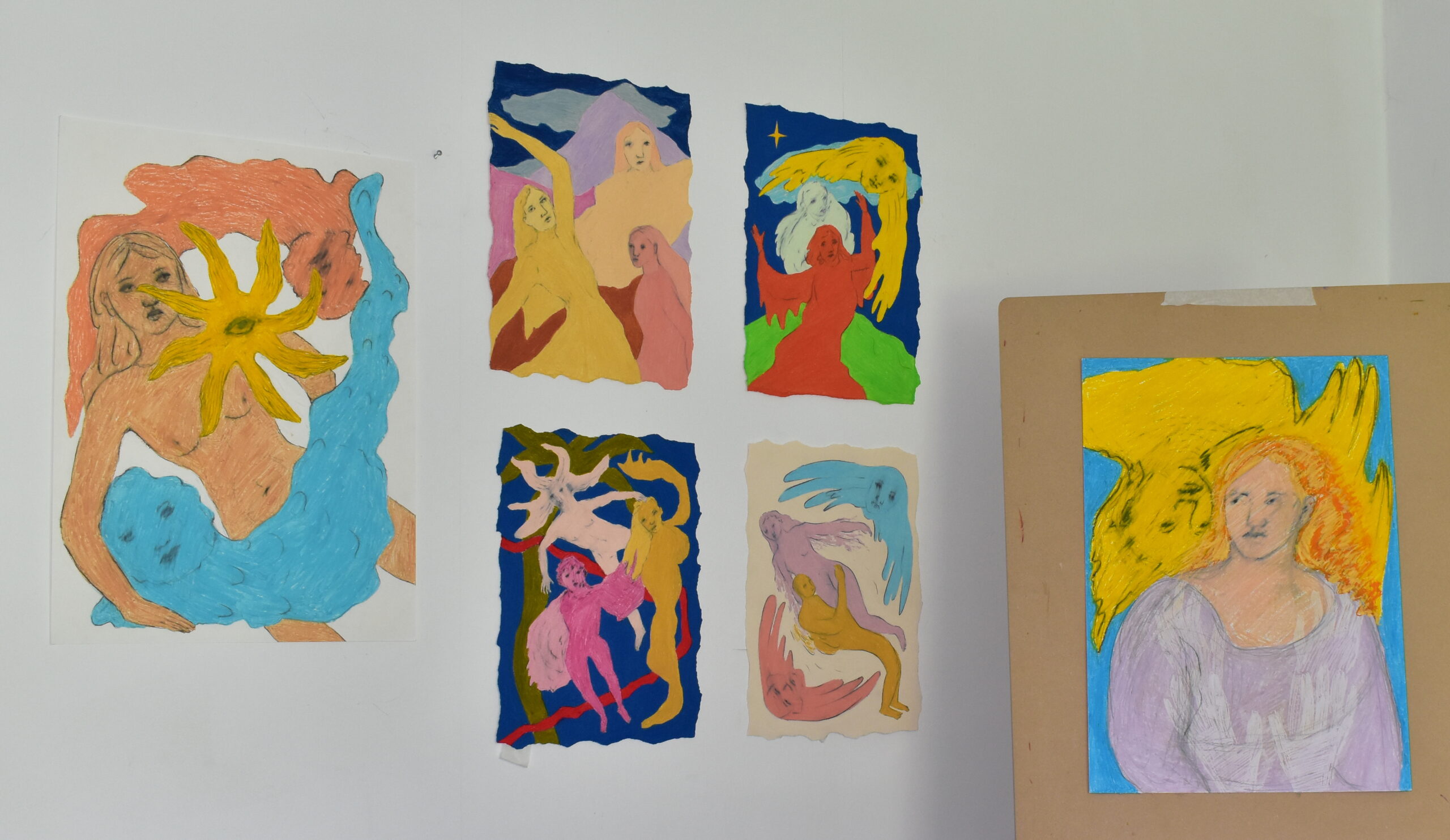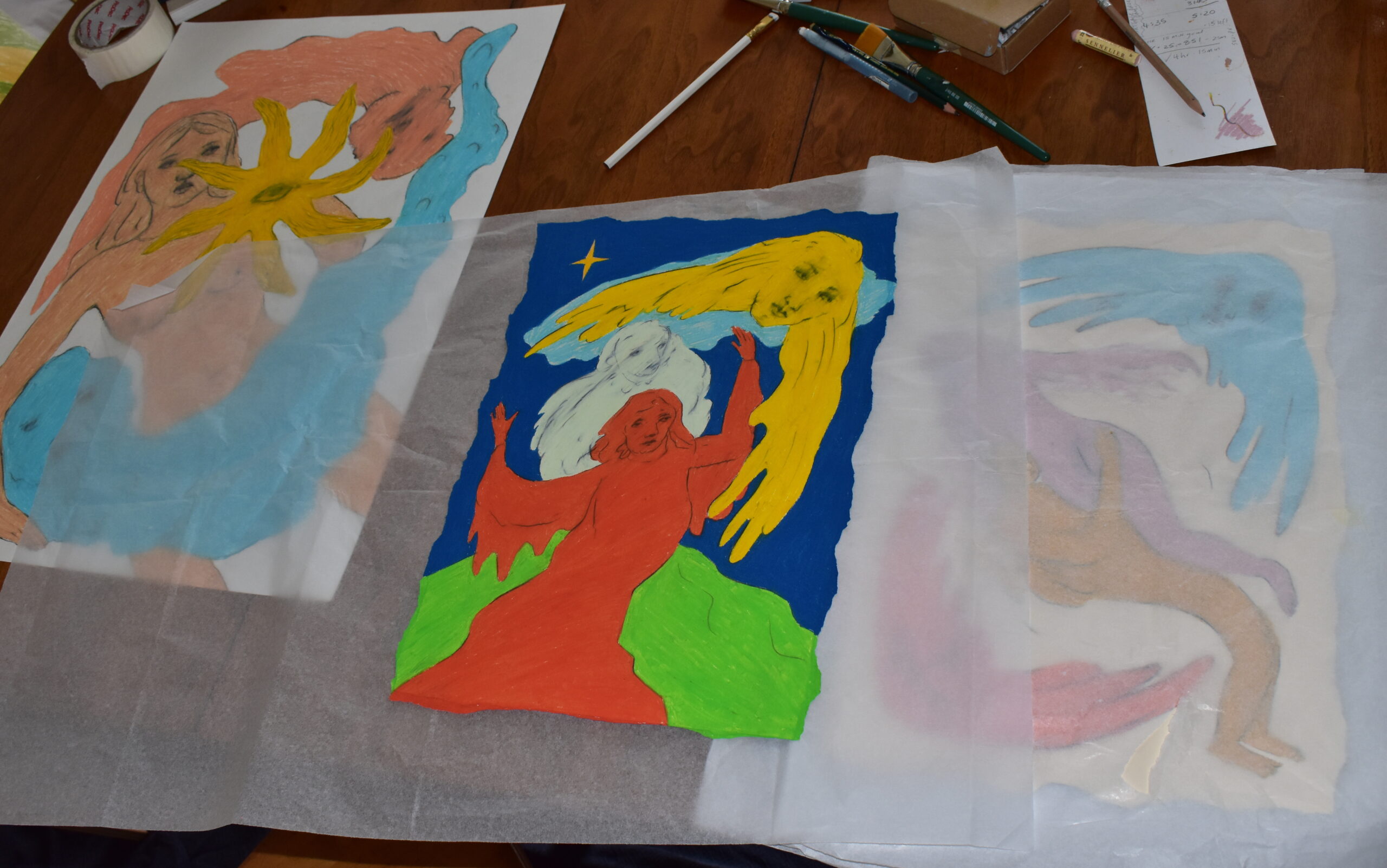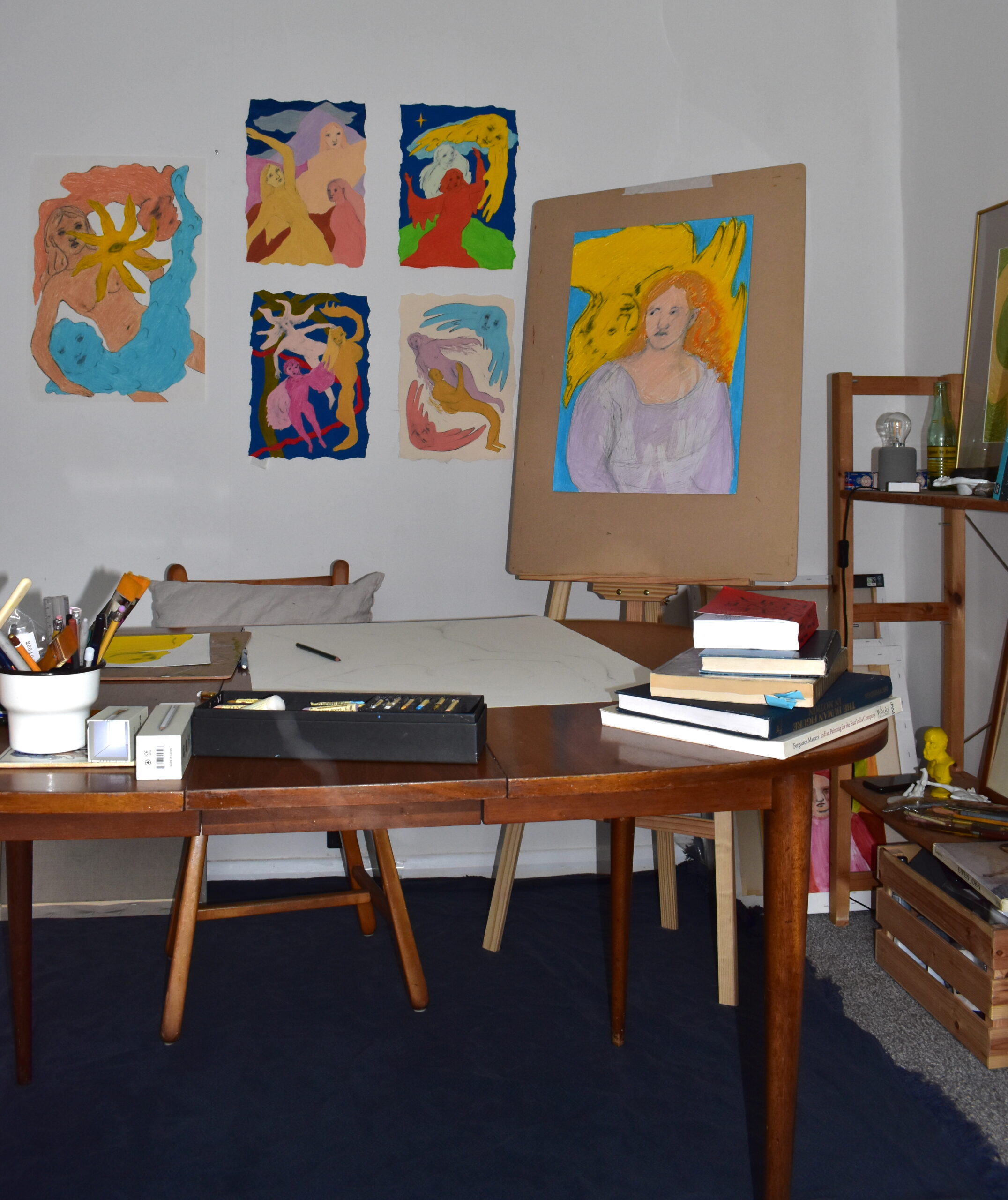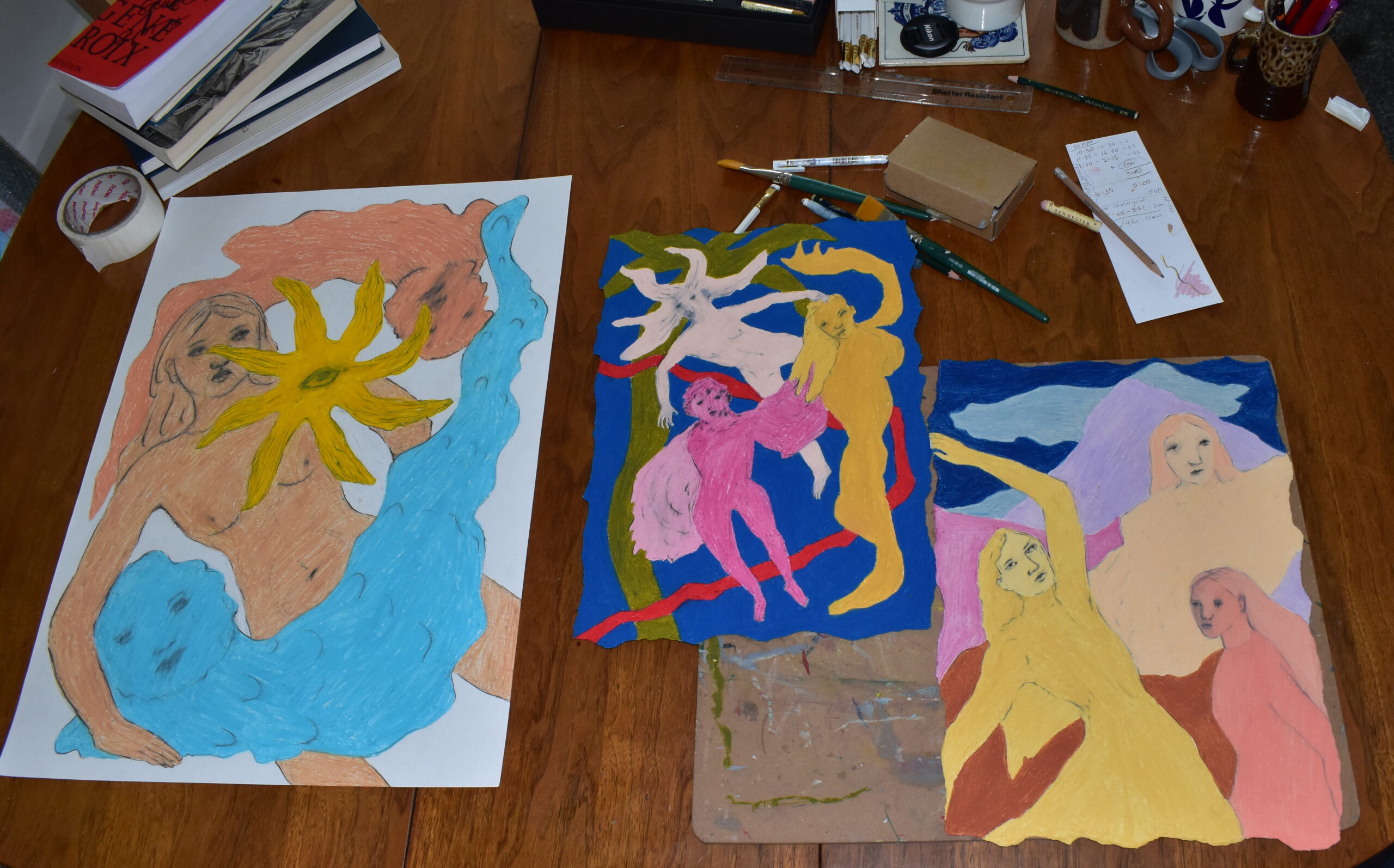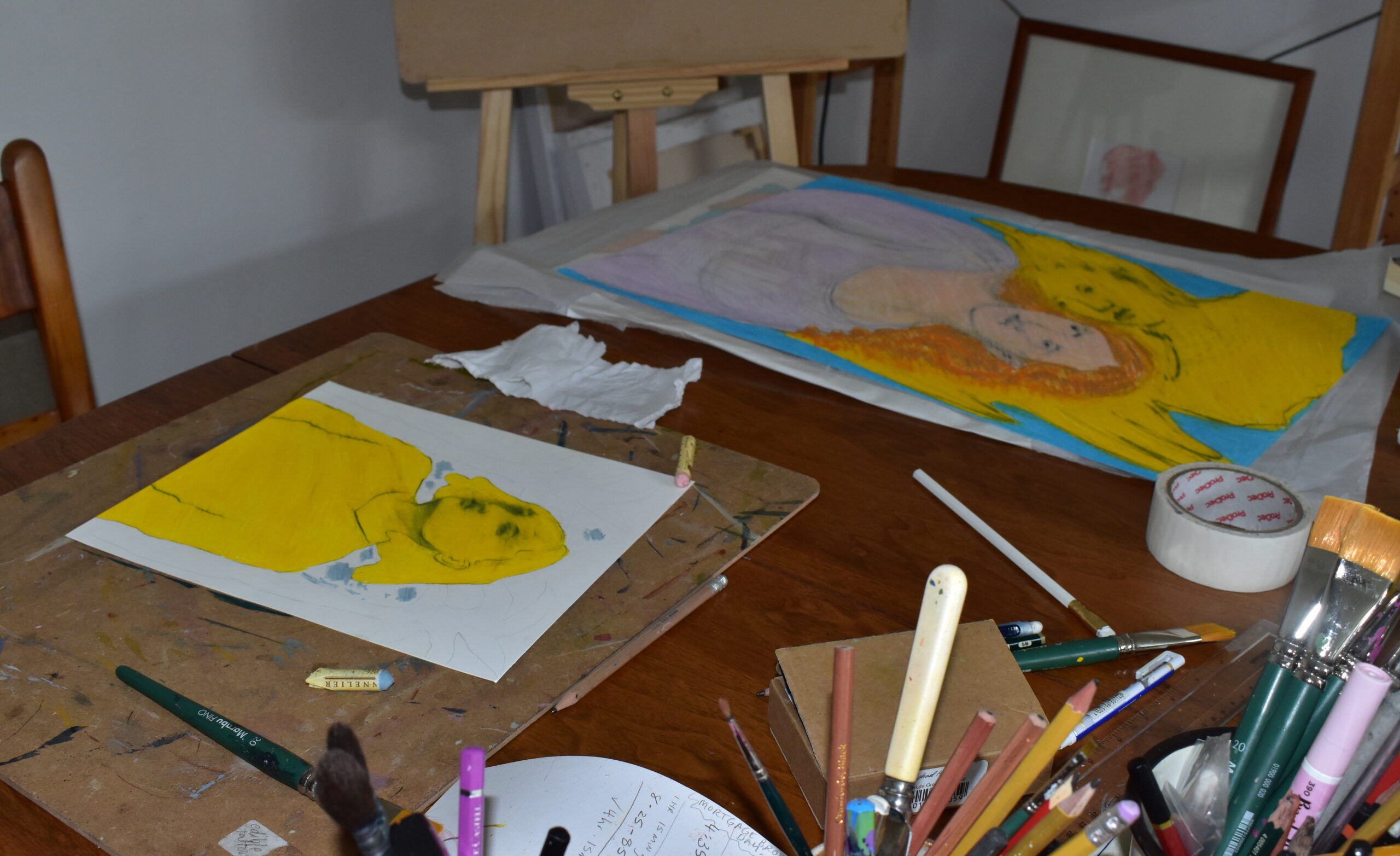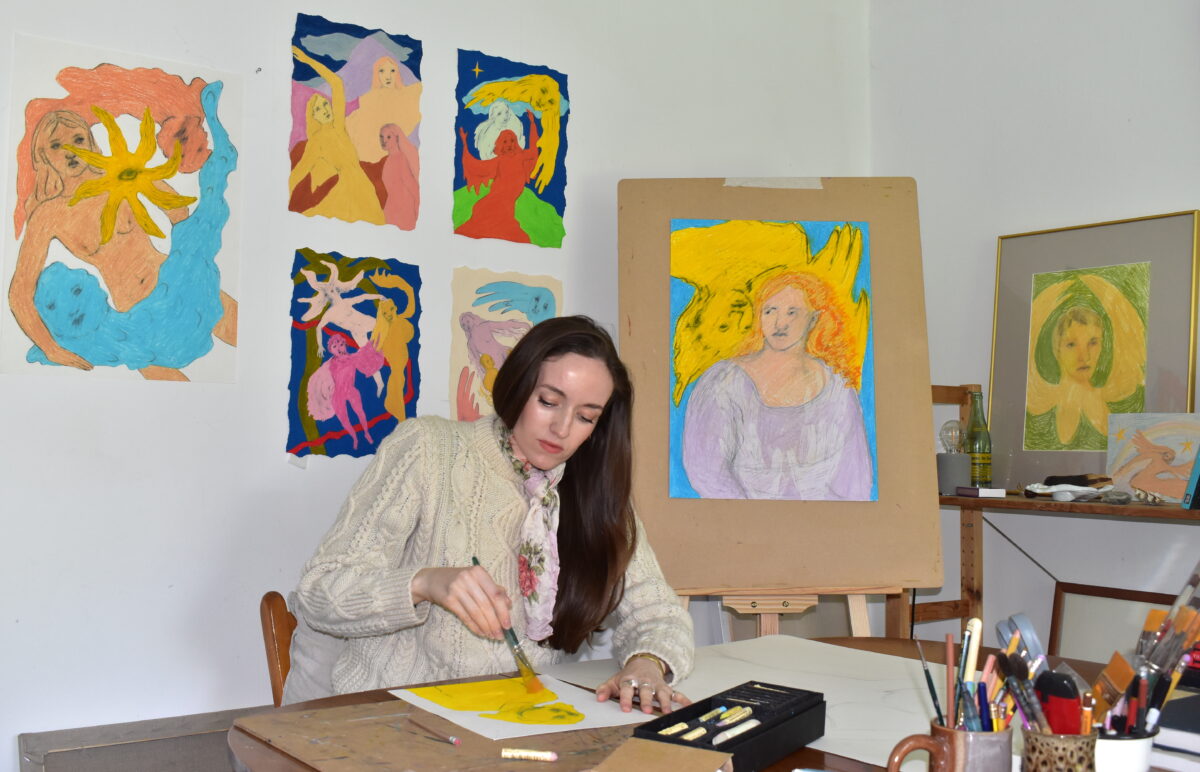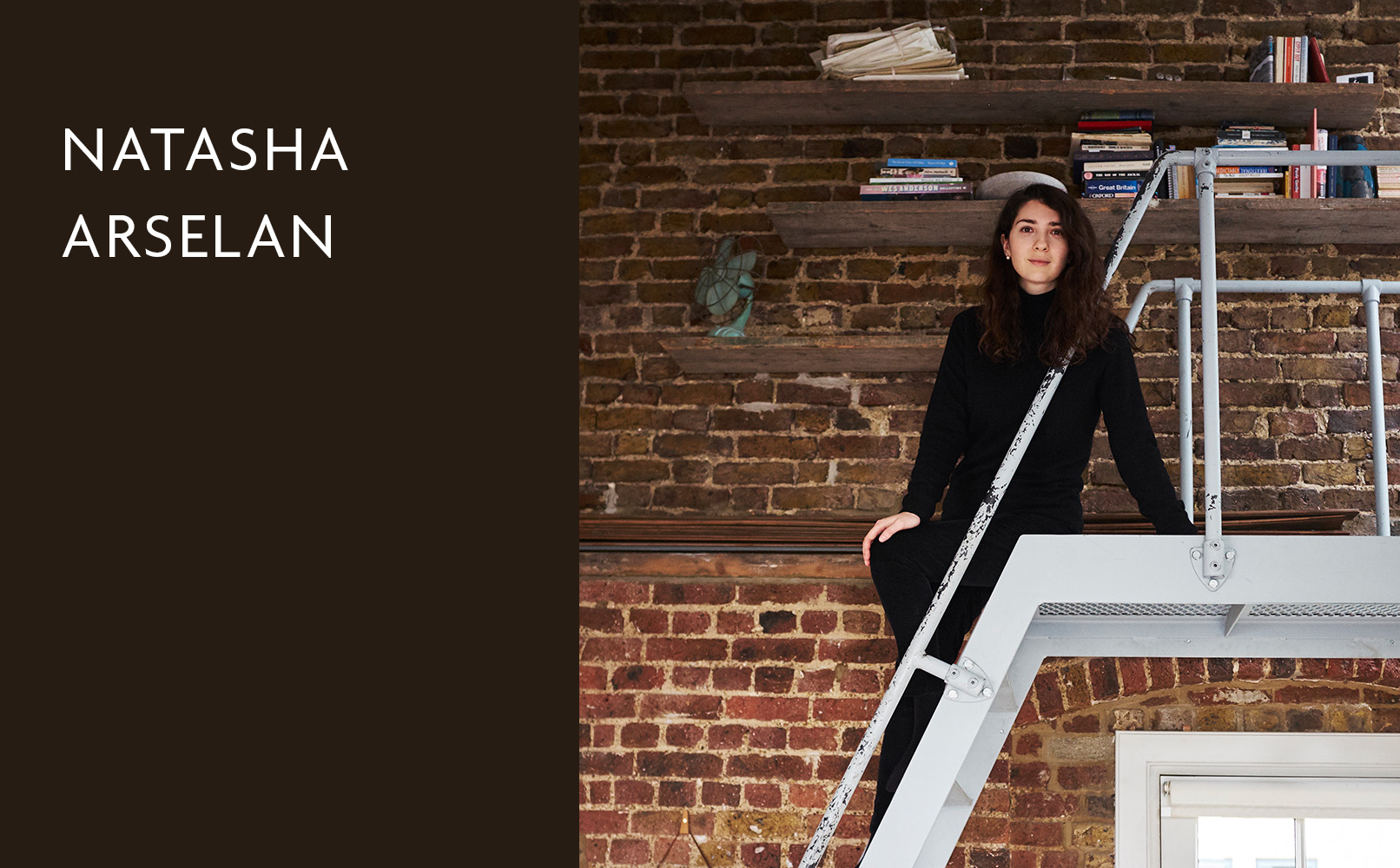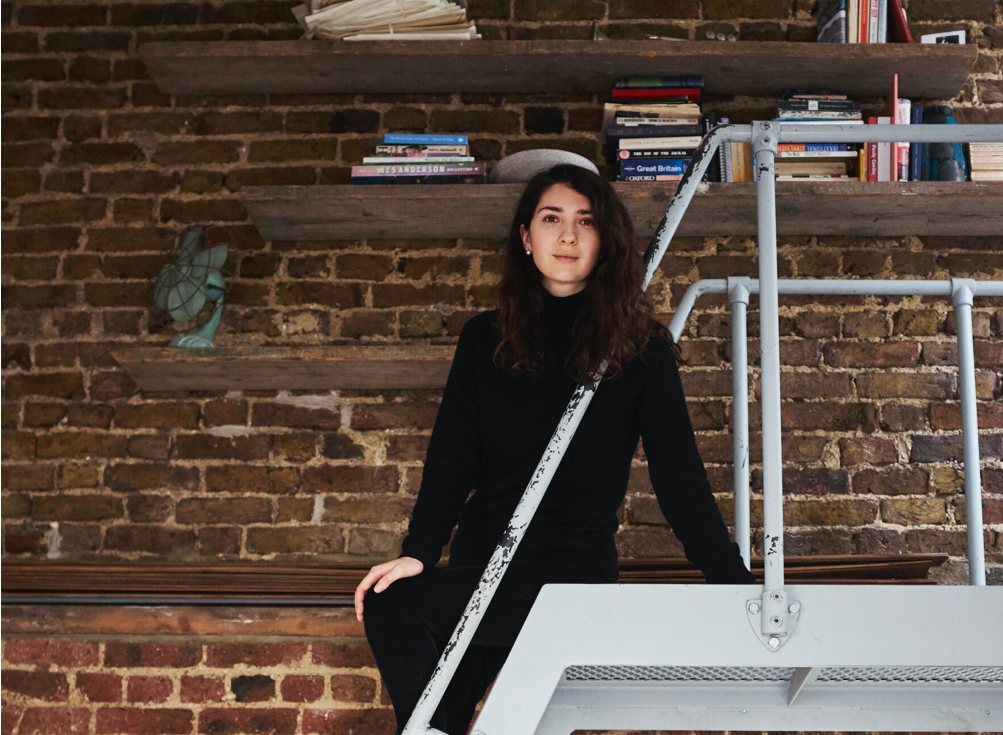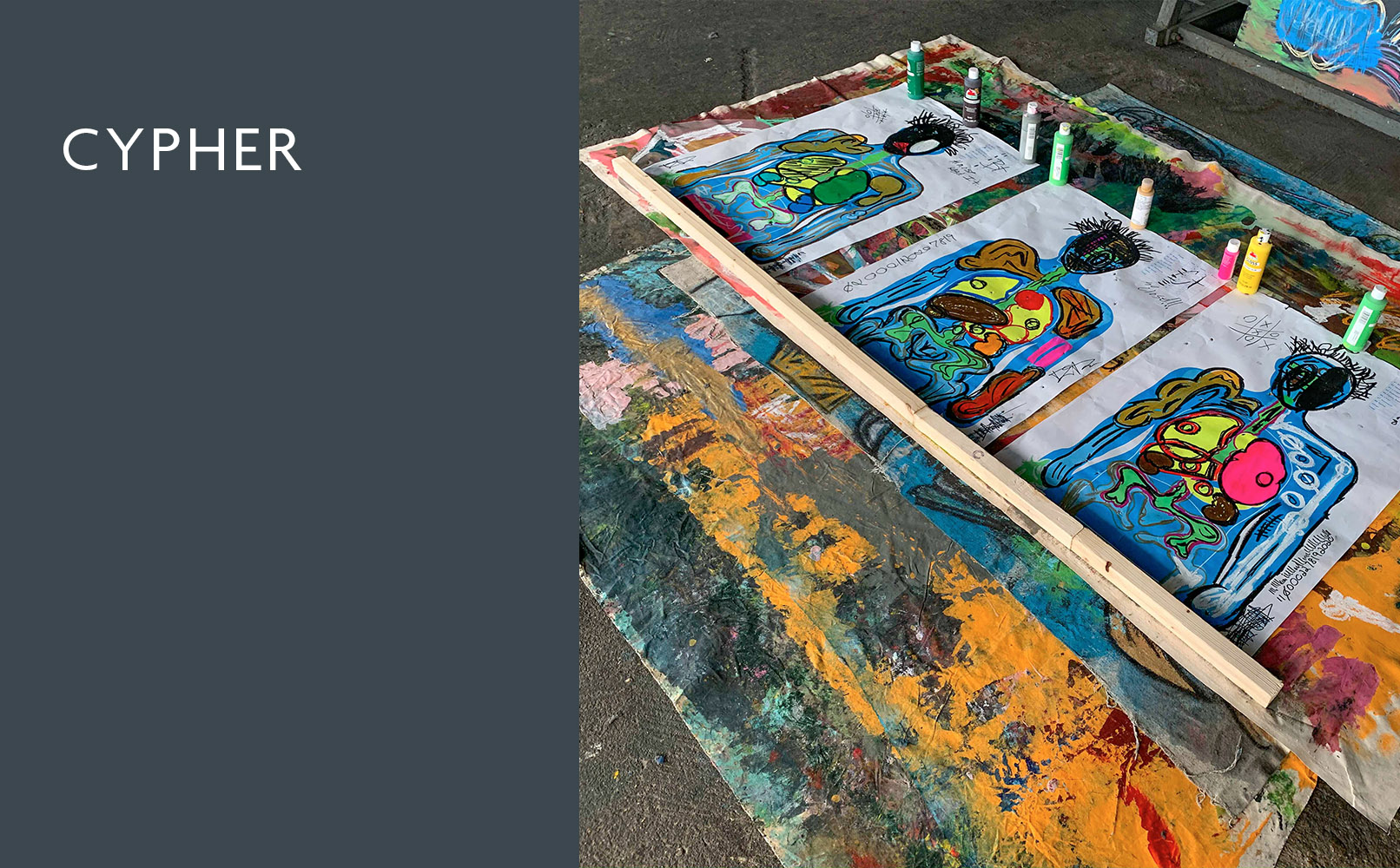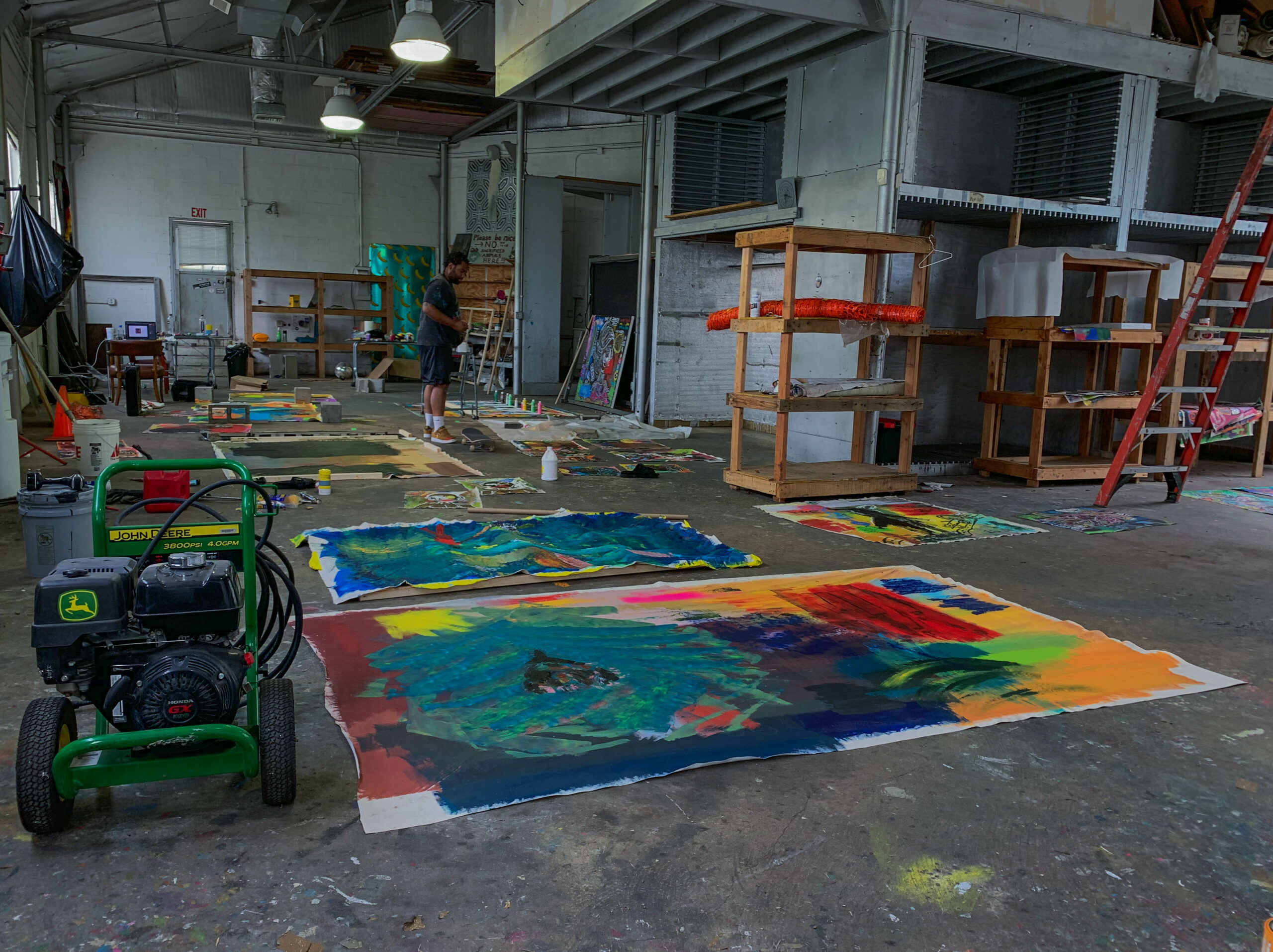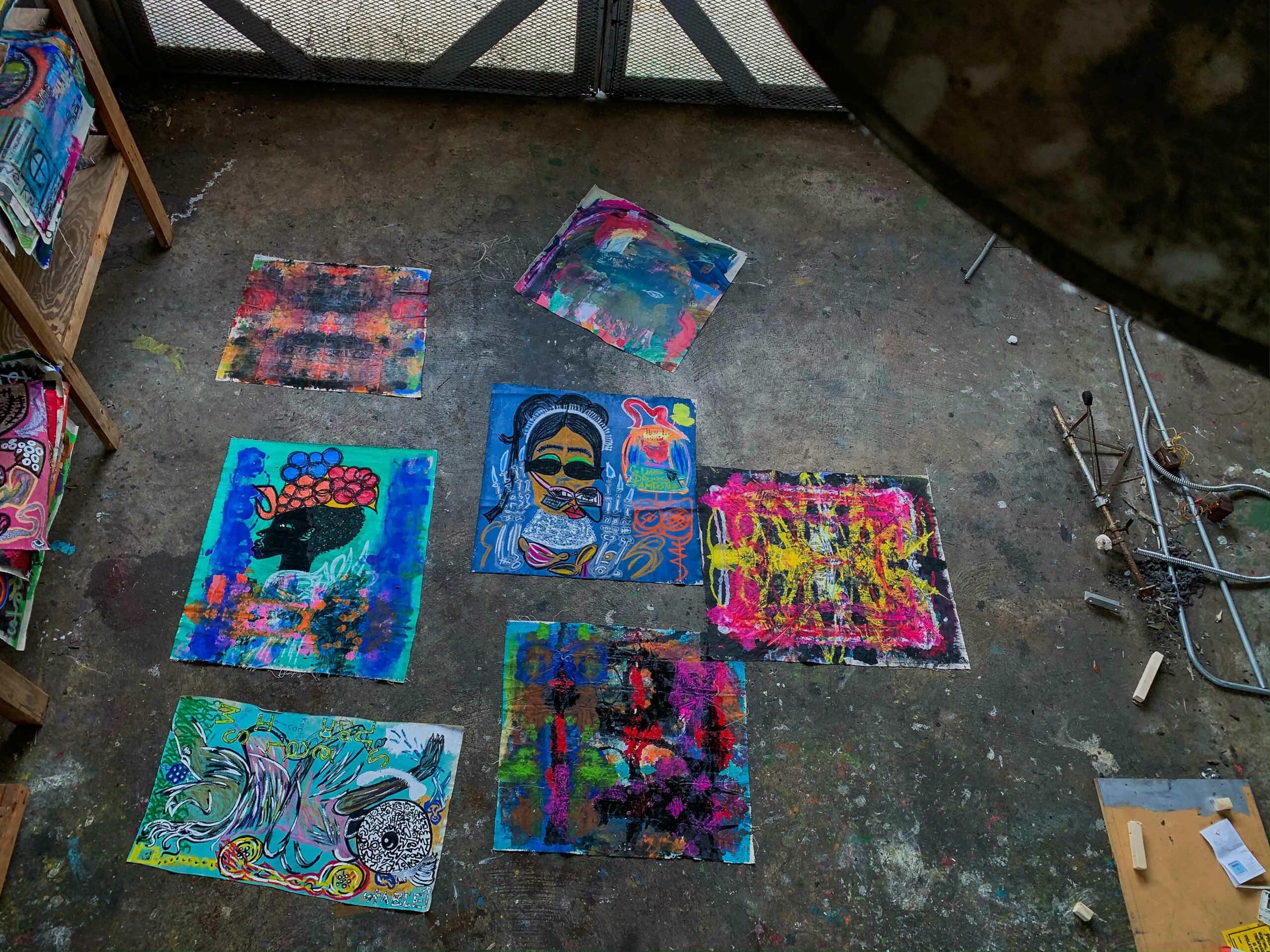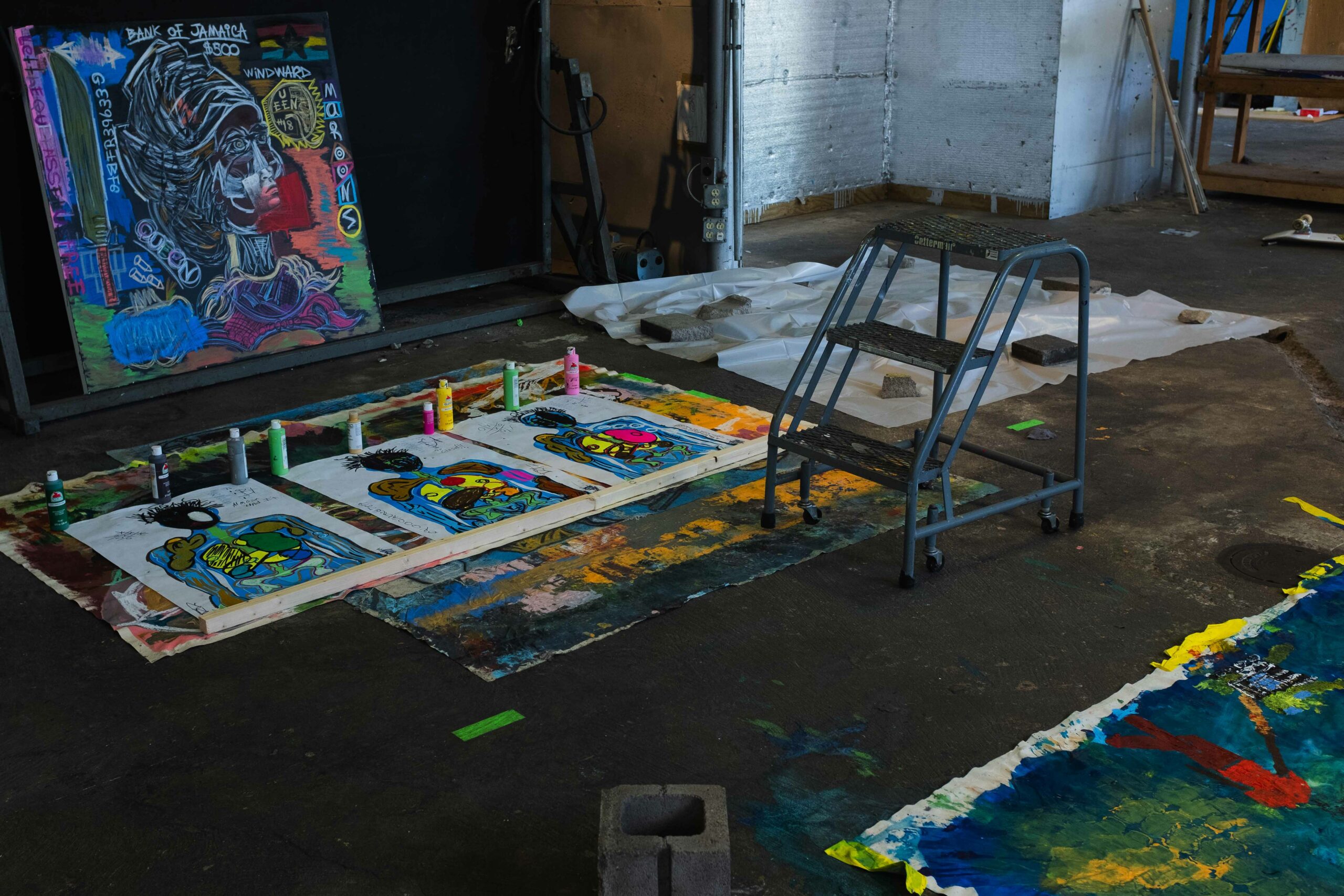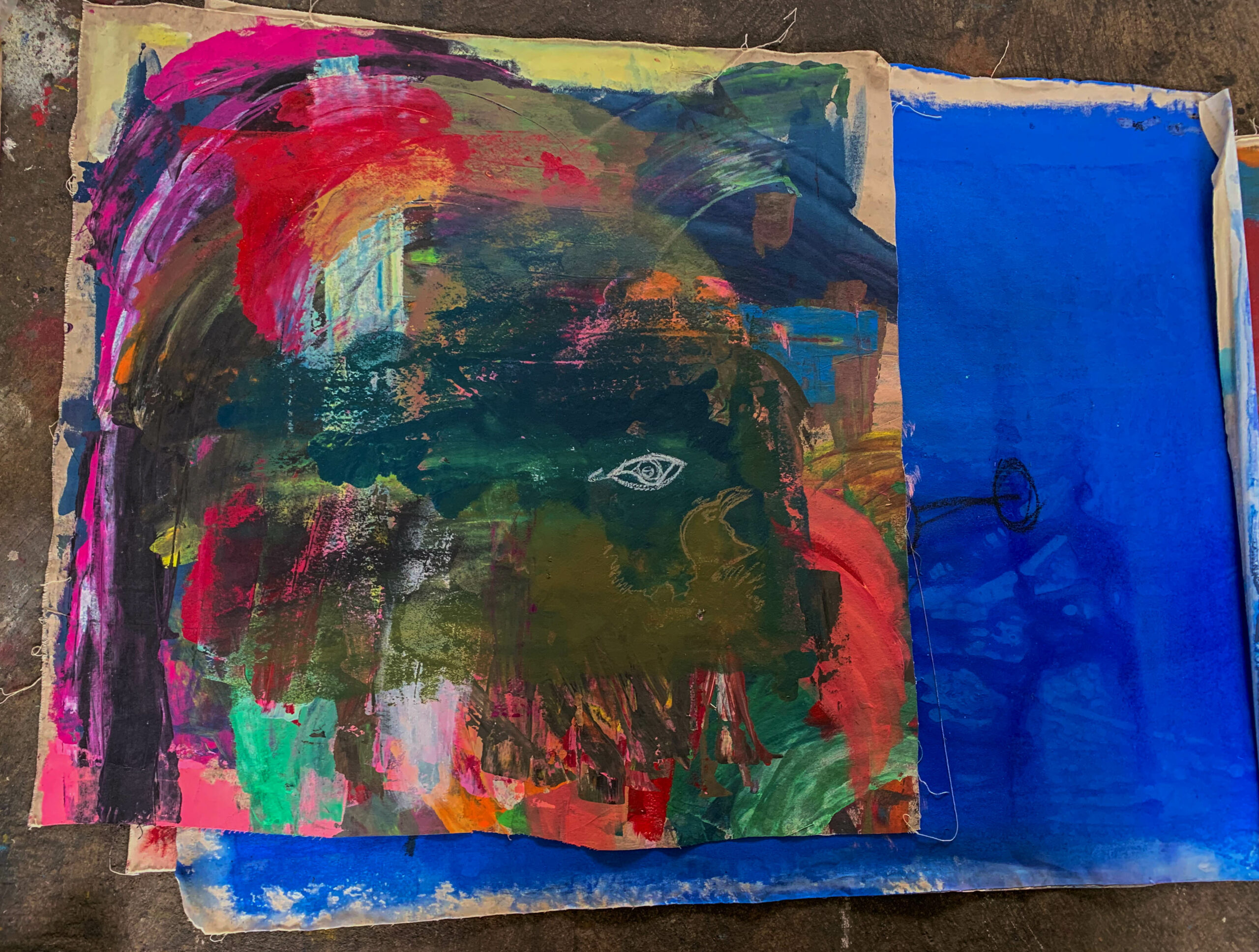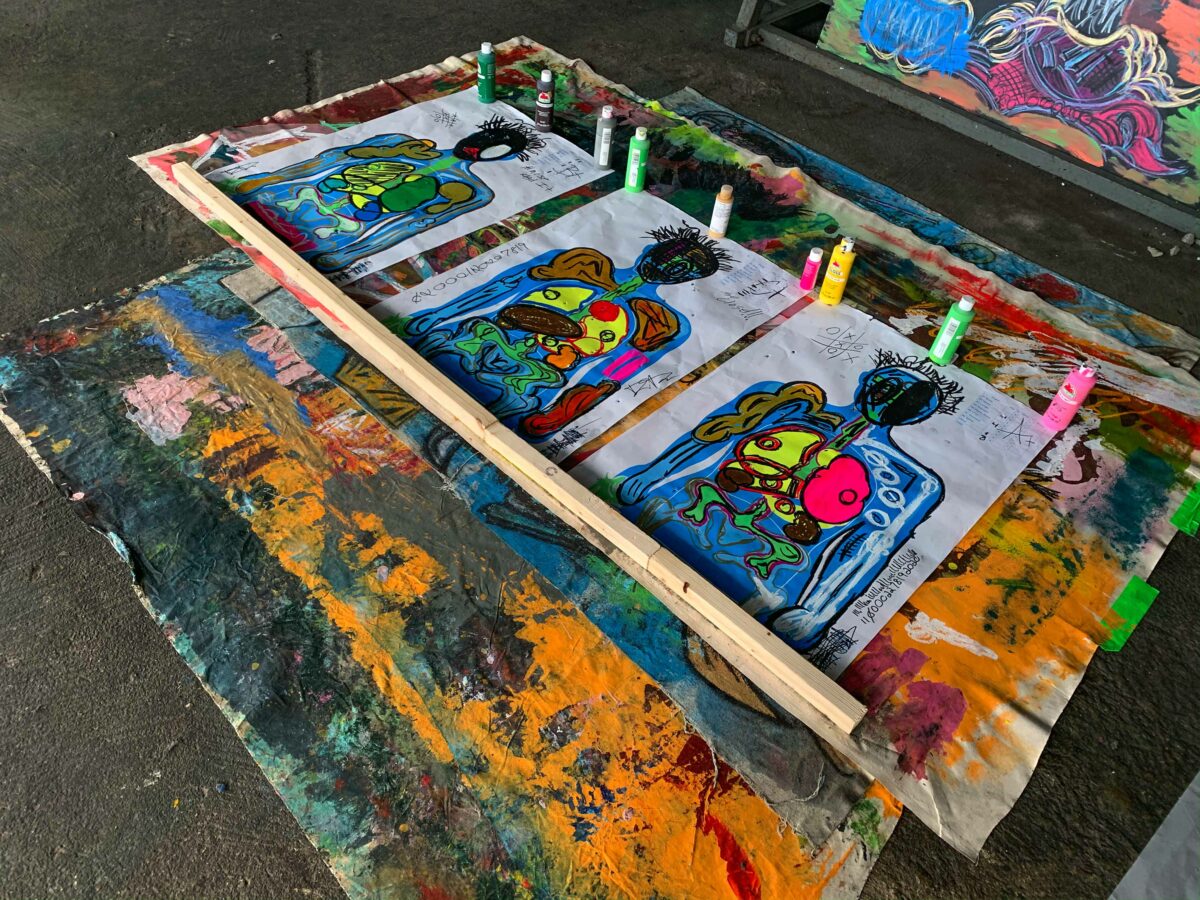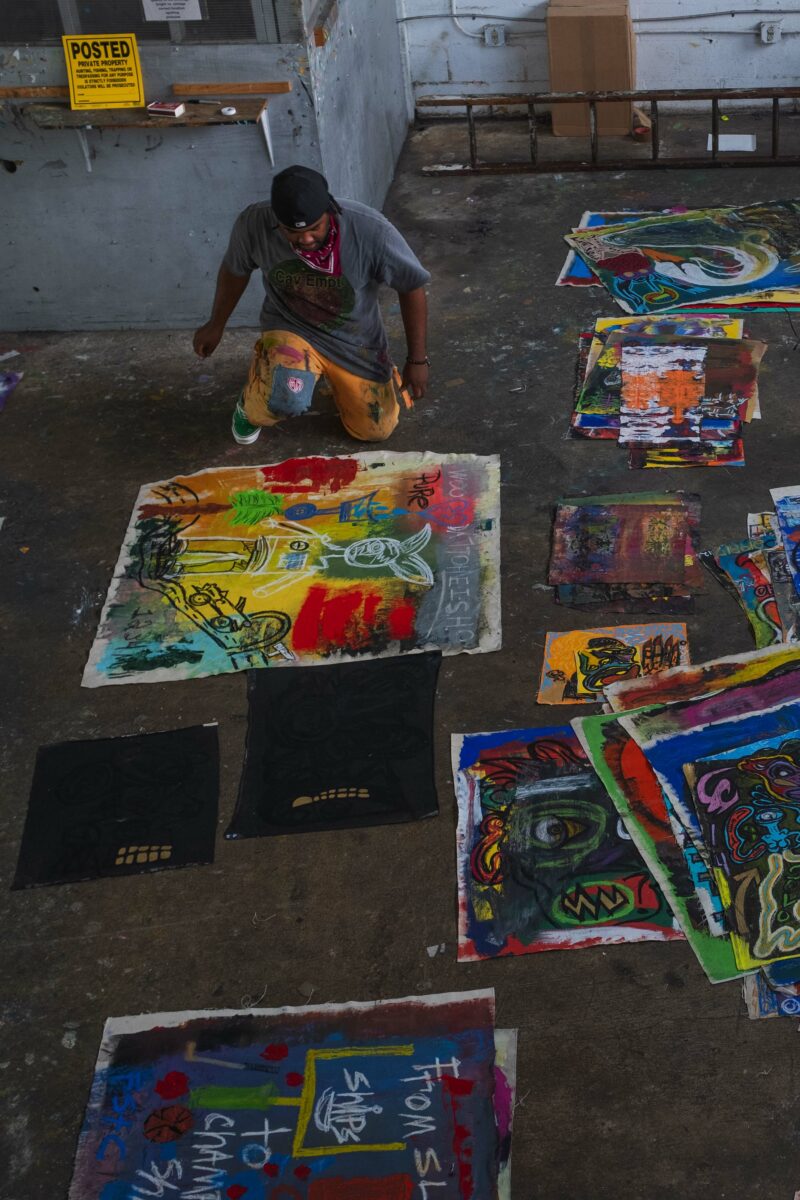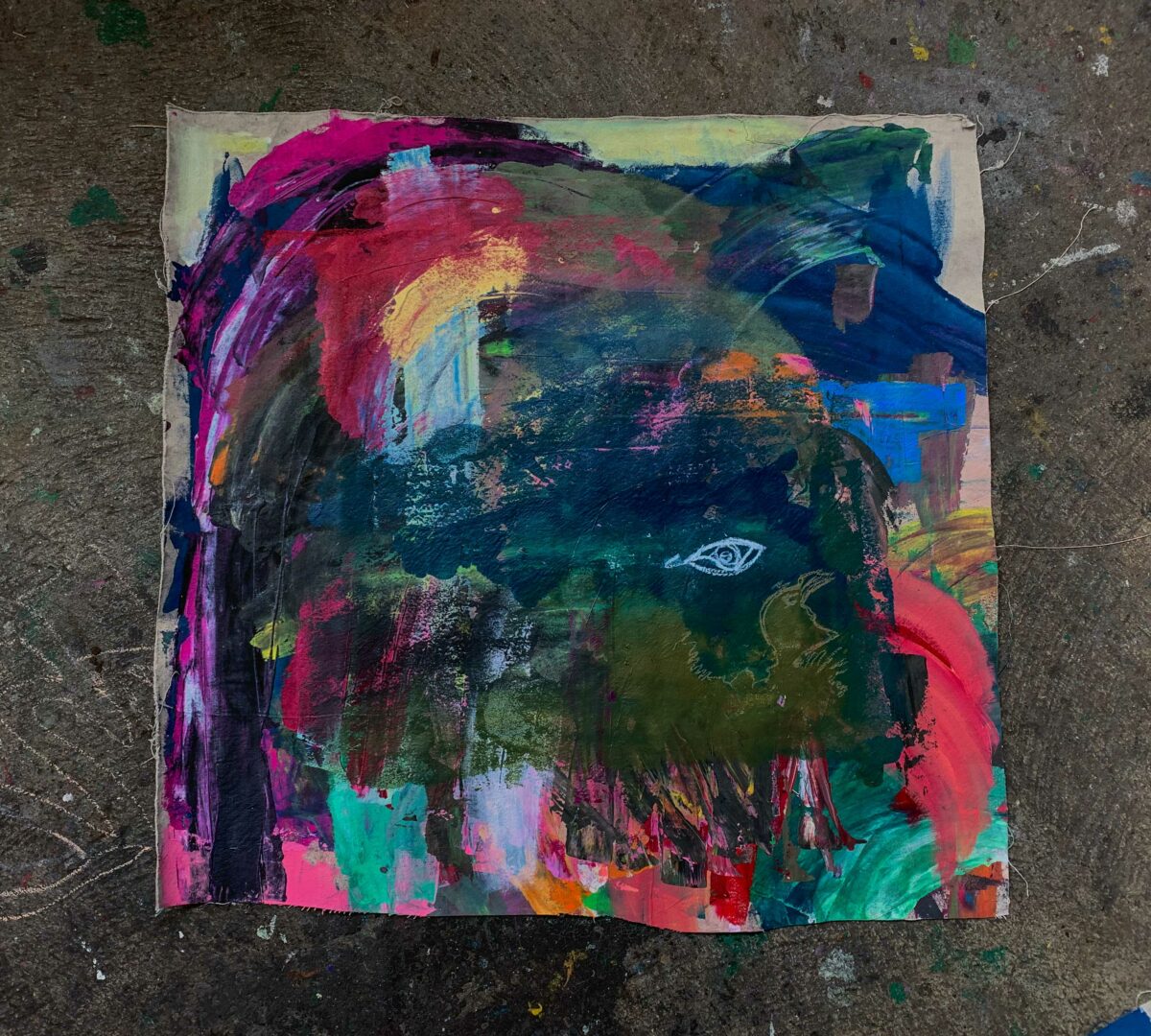In the Studio with Eve Baker Wilbraham
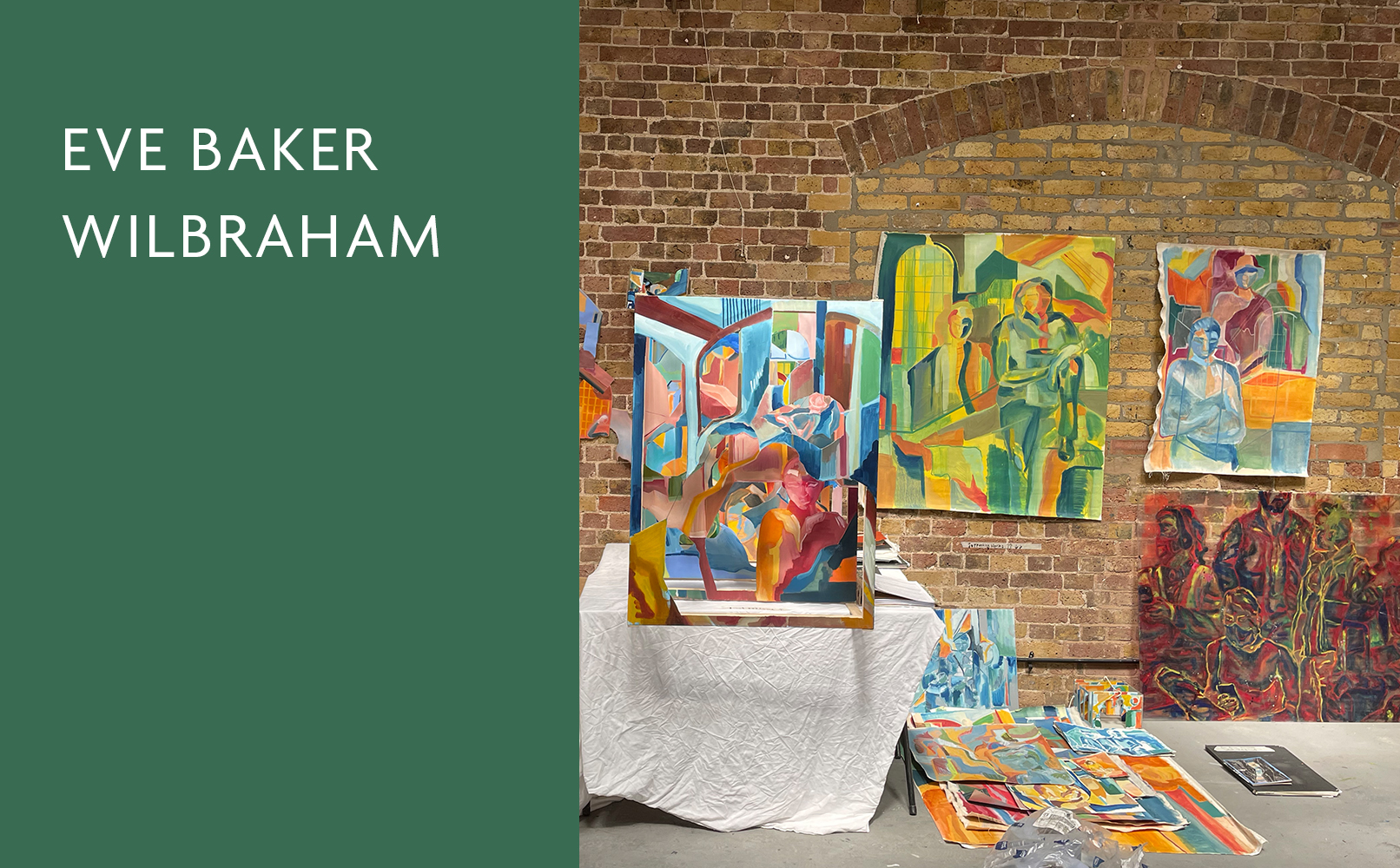
In the studio with Eve Baker Wilbraham, whose practice depicts the emotional, historical and physical layers of the spaces in which we live in. We met with Eve to tell us more about growing up in Cheshire, inspirations from the emotion of space, and a moment life that mobilized change through their practice.
When did you first begin to see yourself as an artist?
At school, I was around 14 and had the most incredible art teacher who was also a very talented artist. He taught me to look in a whole new way and had a constant stream of artist references to keep me inspired. My foundation at the Royal Drawing school immersed me in such a creative atmosphere and as I began to paint more I was kept thinking how this is really how I want to spend my time.
Where are you from and what was your upbringing like?
I was born in London but moved to Cheshire when I was still very young. I was bought up surrounded by countryside and spent a lot of my time outdoors. Nature provides me with a constant stream of stimuli, and I find a lot of inspiration in the colours of the countryside. The morning light on a winter morning for example. My parents are both very creative people, so I was always drawing and making as a child. Going to see art in galleries as a young age was also a very important part of my childhood, you are so impressionable at that age, and I would just soak it all up in awe of what I was looking at.
Paint us a picture of your artistic journey. What inspired you to first pursue, and then continue to practice, artistic work?
I always felt most comfortable in the art department at school and was constantly motivated in that creative atmosphere. However, it was last year I felt I had begun to refine my process and also the themes that my work encapsulate -I guess I owe that to my tutors of foundation and being surrounded my such motivated and committed young artists.
What’s the message of your work? How would you describe your aesthetic?
My work explores the emotion of space, I want to investigate the stories that a space can tell and most importantly what a familiar space holds for me in relation to the people or memories that I associate with it. My painting involves many different layers of both figures and interior spaces. The pieces themselves often appear very structural and almost completely abstract which would stem from the start of my process which often involves working in three dimensions.
Who/what are your greatest influences?
Architecture has always inspired me, and I find myself getting lost searching around a room for interesting shapes or angles. I try to read often when making a painting and The Poetics of Space by Bachelard is a constant source of interesting material for me to keep returning to.
An unexpected source of inspiration?
‘Meshes of the Afternoon’ by Maya Deren. It is a black and white film from the 40s and has some of the most beautiful stills. The way the camera navigates the space throughout the film is fantastic and the fast, dynamic moments work so well with the quiet space that the film is set within.
What do you want people to take from your work when they view it?
I want it to take time for the viewer to navigate their way through my works. Being able to evoke an emotional response from the viewer is always important to me but I try not to think about this too much when I’m painting as it often leads to me making work that feels forced and I find it easier to paint in
What events in your life have mobilised change in your practise/aesthetic? How has your art evolved?
At the start of last year, I moved completely away from figurative painting and focused solely on the abstraction of interior spaces both on canvas and in 3D. This allowed me to look deeper into my compositional decision making; and I began to think more about the way I was arranging my subject matter when painting. Then, when I began to bring figures back into my work, I had much stronger structural elements to my painting. Working in a range of different materials is an important part of my practise. Although painting makes up the majority of work, I will often start with small sculptures and work from there into prints or photographs and then end with painting. I think this helps me bring more depth into my work and helps with my themes involving the layering of spaces.
What are your ideal conditions or catalyst for creating a good piece of work?
Ideally, I like to work alone as I find it easier to focus on transferring my thoughts onto the canvas. However, I also find the studio atmosphere you get at art schools incredibly stimulating and thrive off conversations with others about both their work and my own. Research plays an important part in my process, and I find it import to read alongside my making and also keep a constant flow of visual references on the wall in my studio space.
Tell us about the inspiration behind one of your works?
Whilst painting ‘Early Dreams’ I was able to really explore how I could layer the paint onto canvas. The piece is about all the memories and brief encounters that one space can hold. Colour plays a big part in how I remember certain moments and I wanted to convey that feeling of new light that we experience in the morning. I was reading ‘The poetics of Space’ by Bachelard whilst working on this piece and his ideas about what emotions certain spaces hold really stuck with me. He speaks about the family home as this place of comfort and nostalgia and I wanted that atmosphere to run through the painting and emit this sensitive energy to the viewer.
Something in the future you hope to explore?
Animation. I love the idea of bringing movement into my work and I think my themes of all the different journeys travelled through a space would transfer well into a digital piece.
